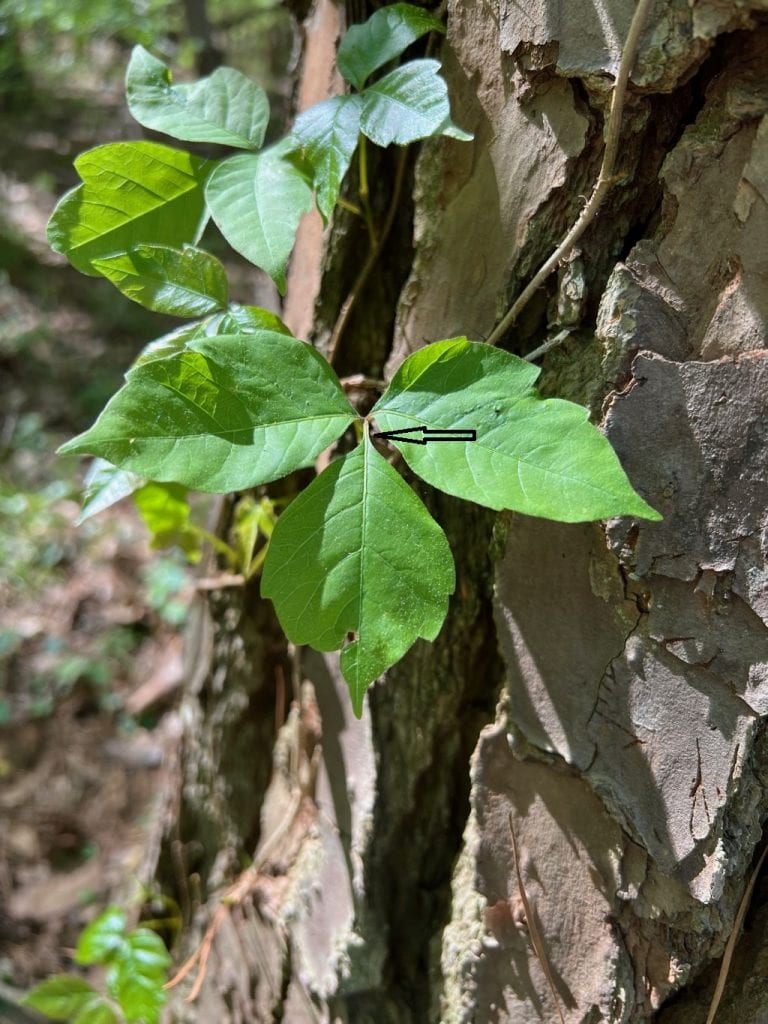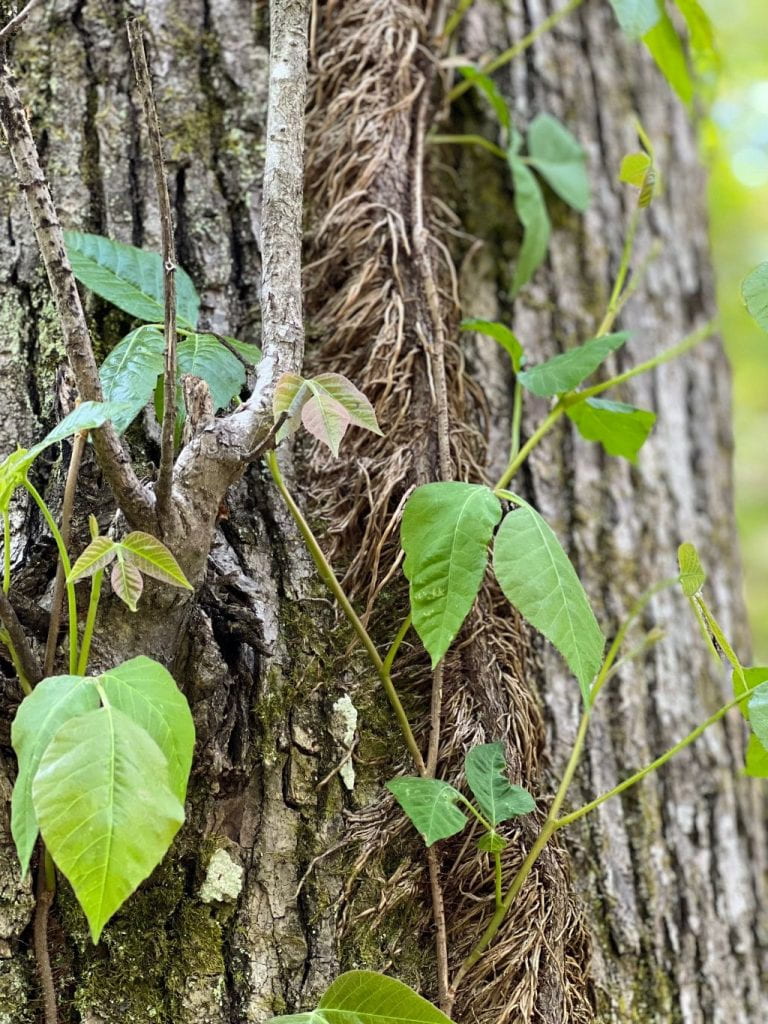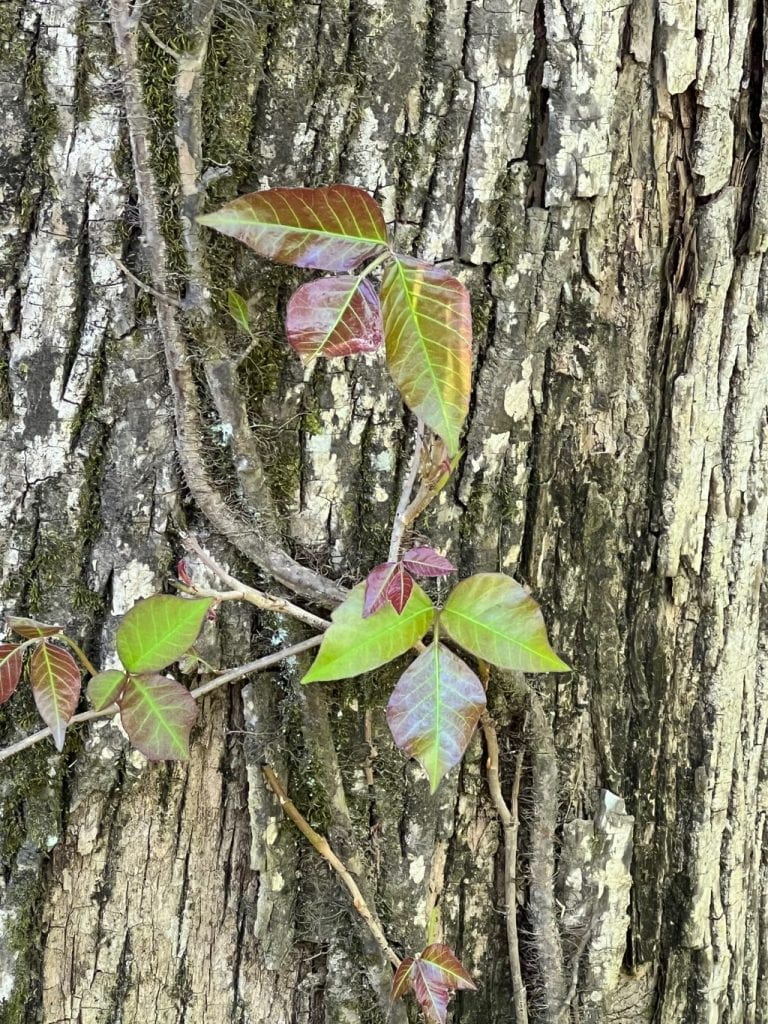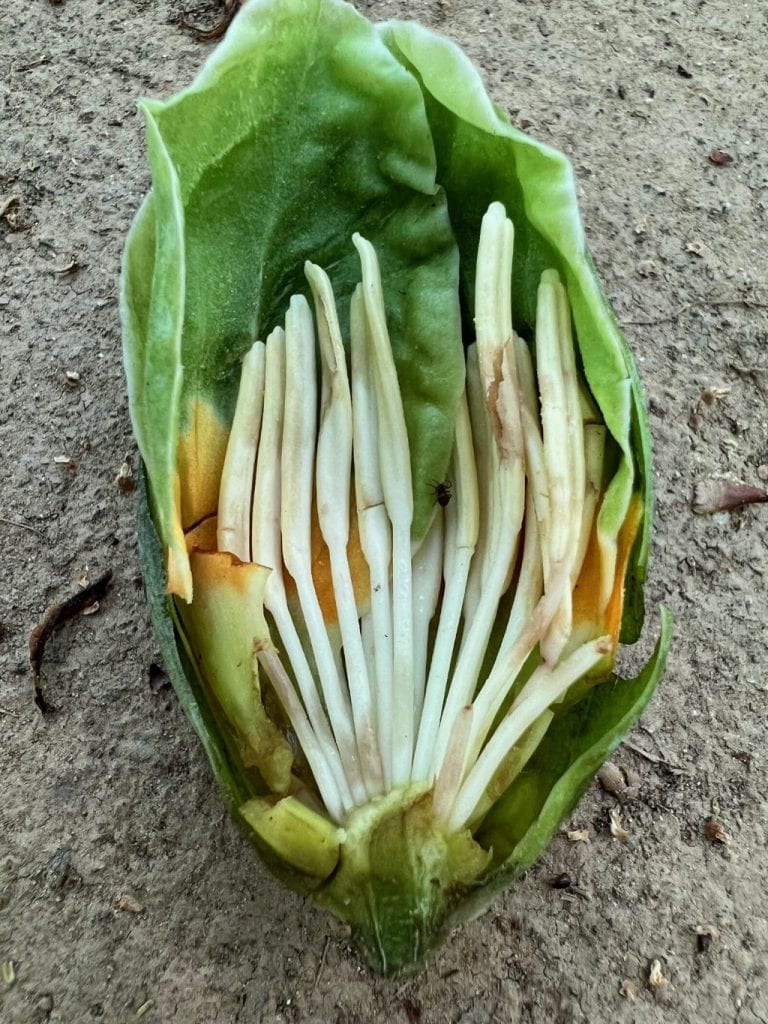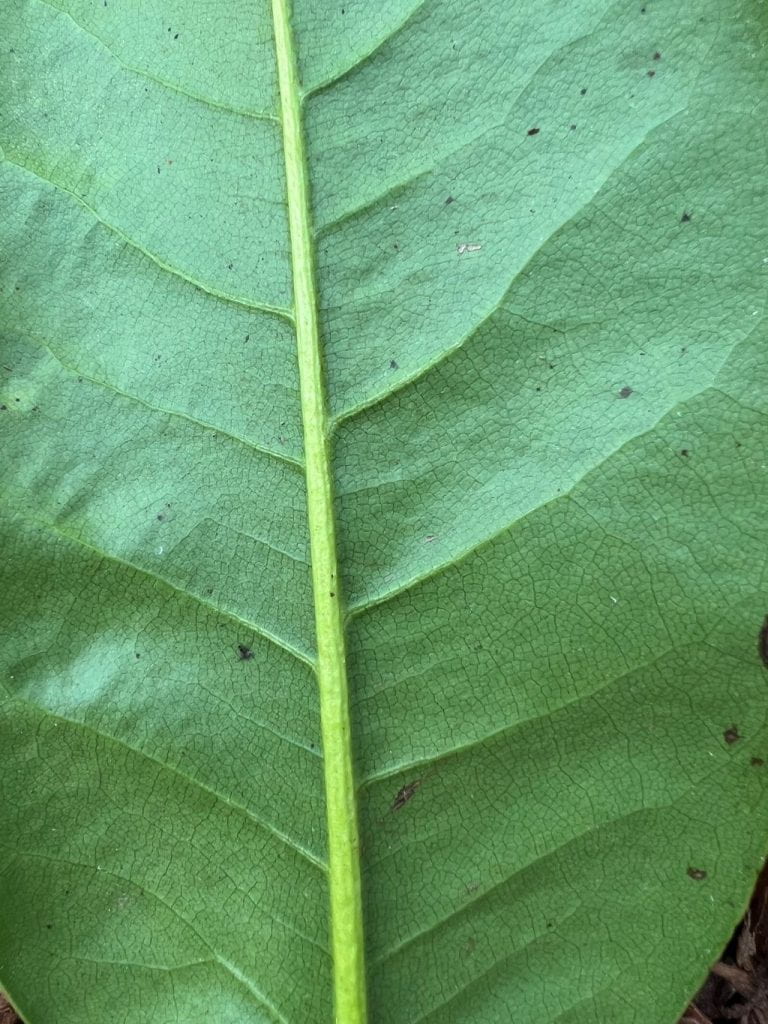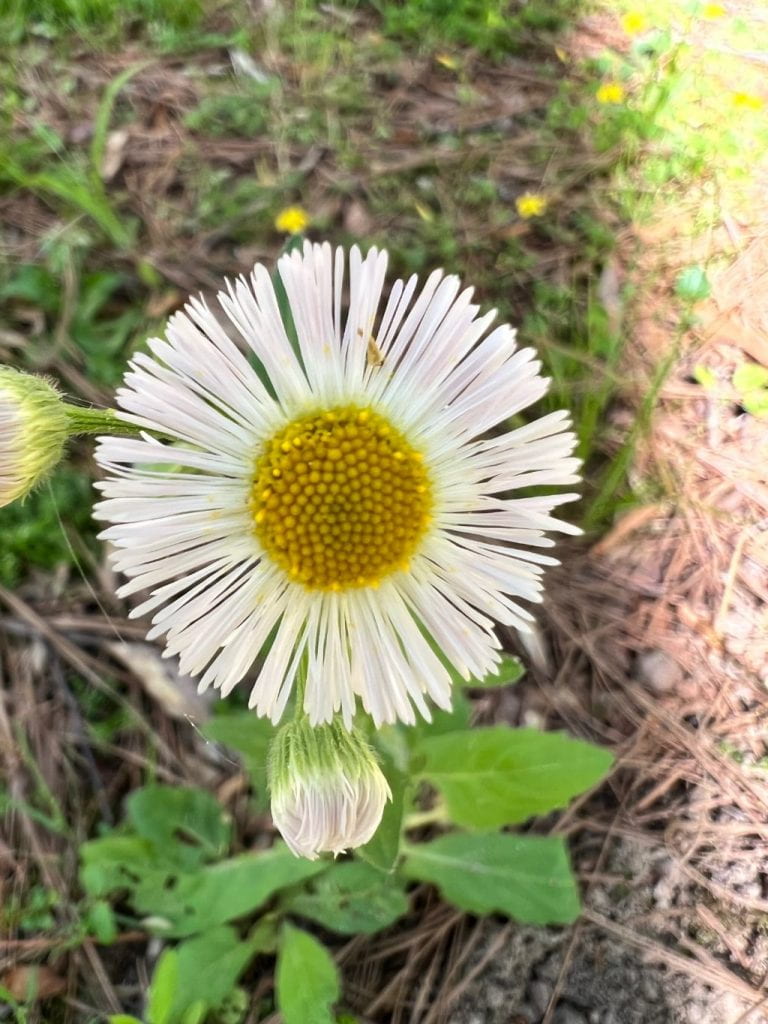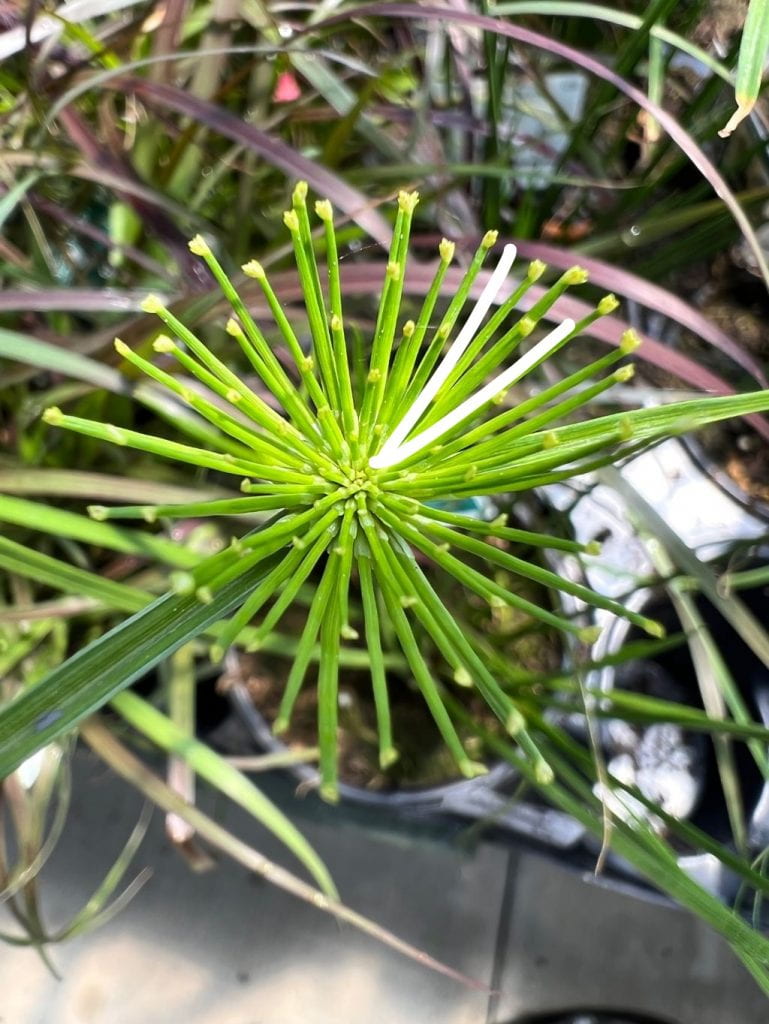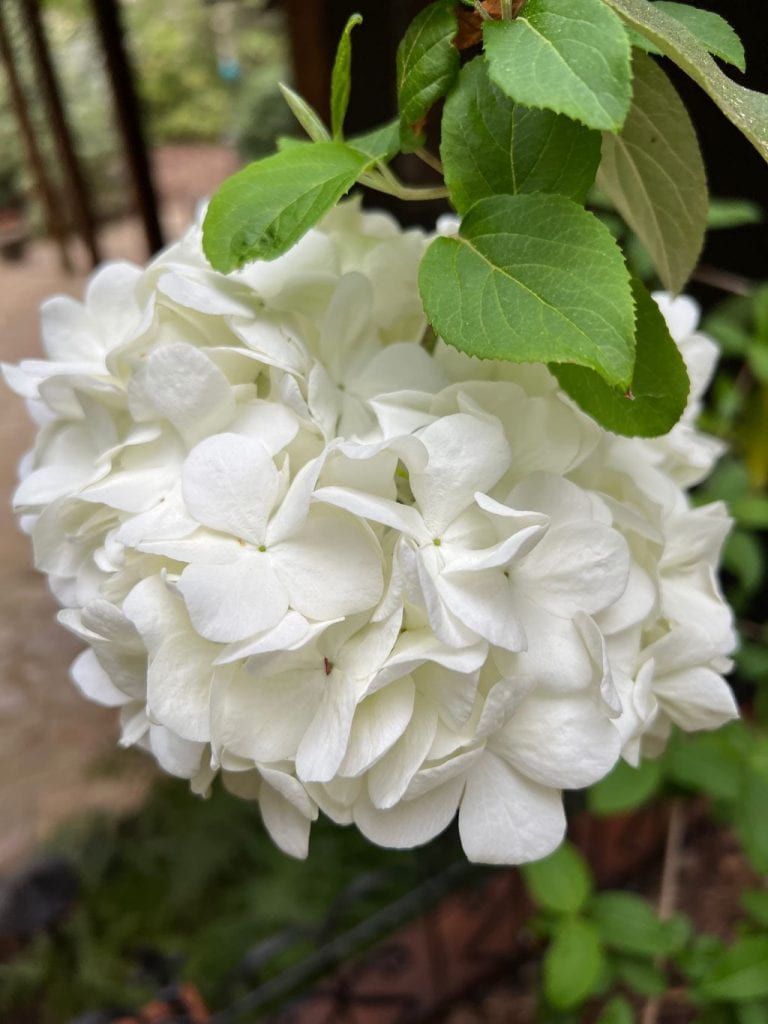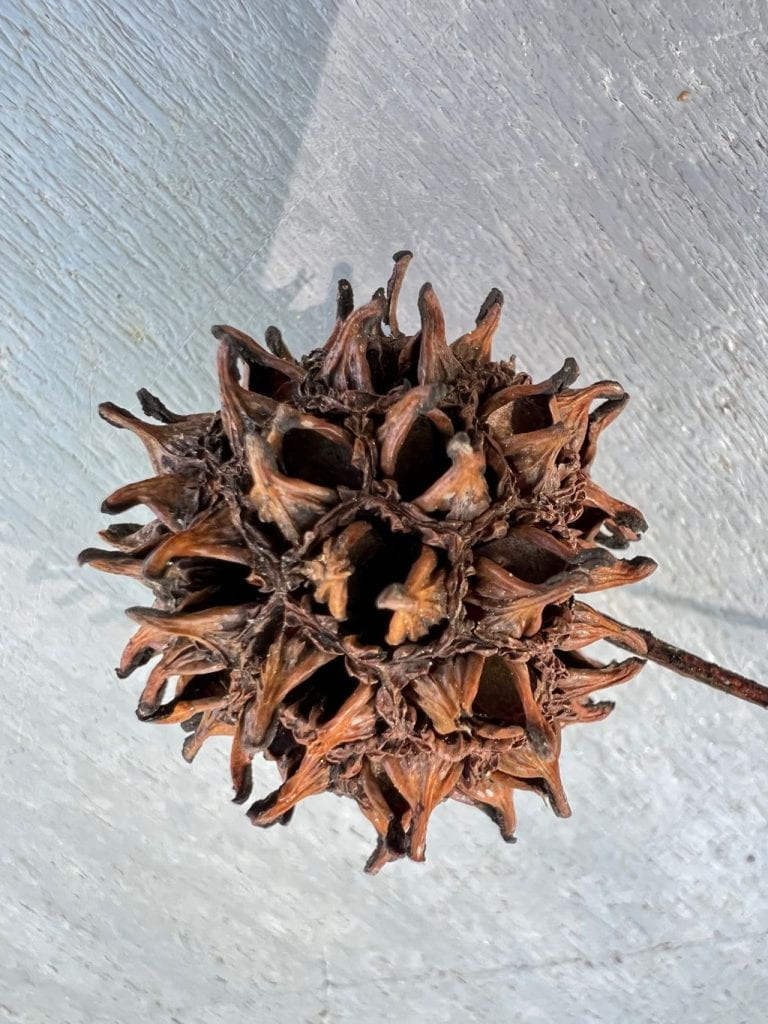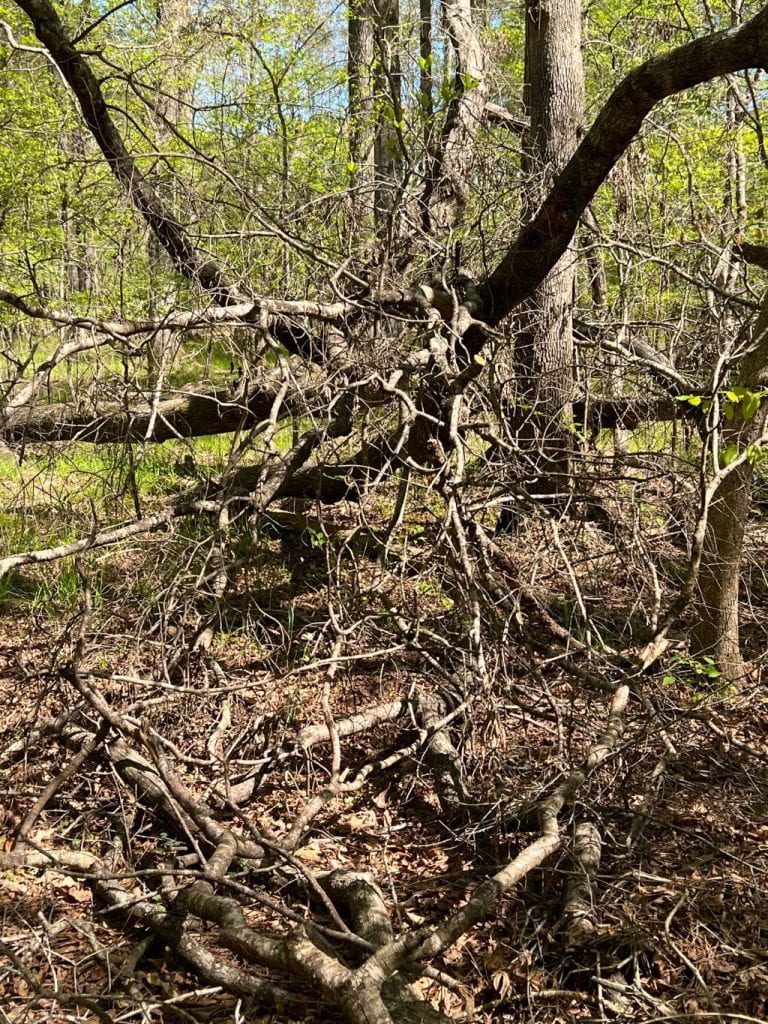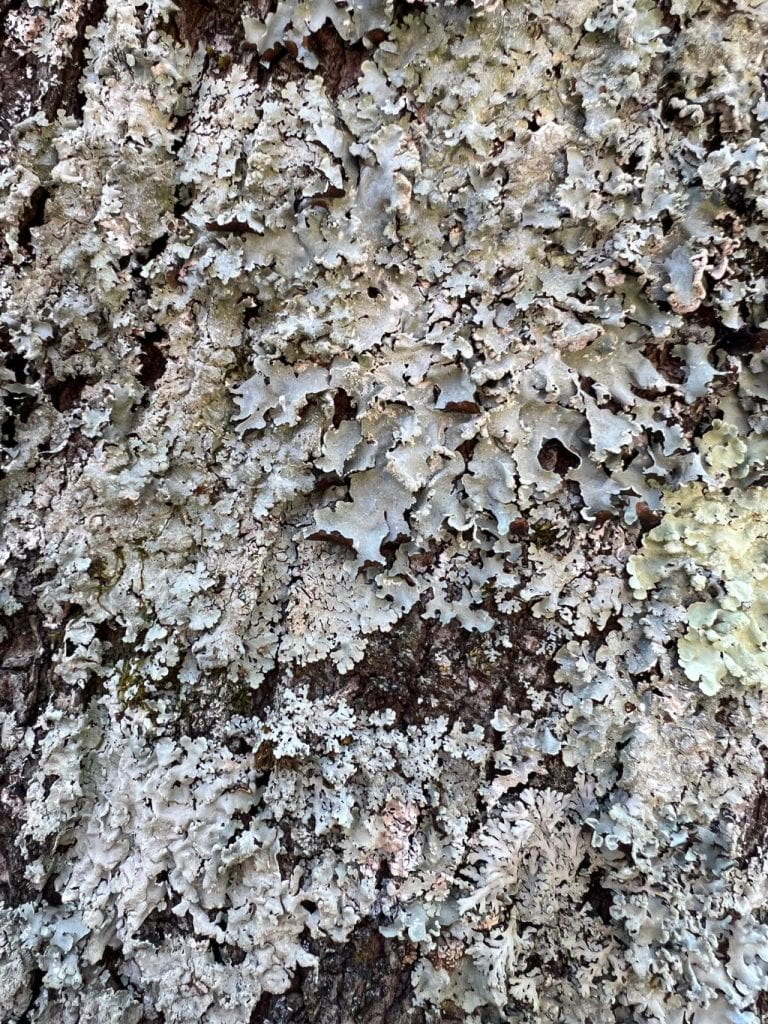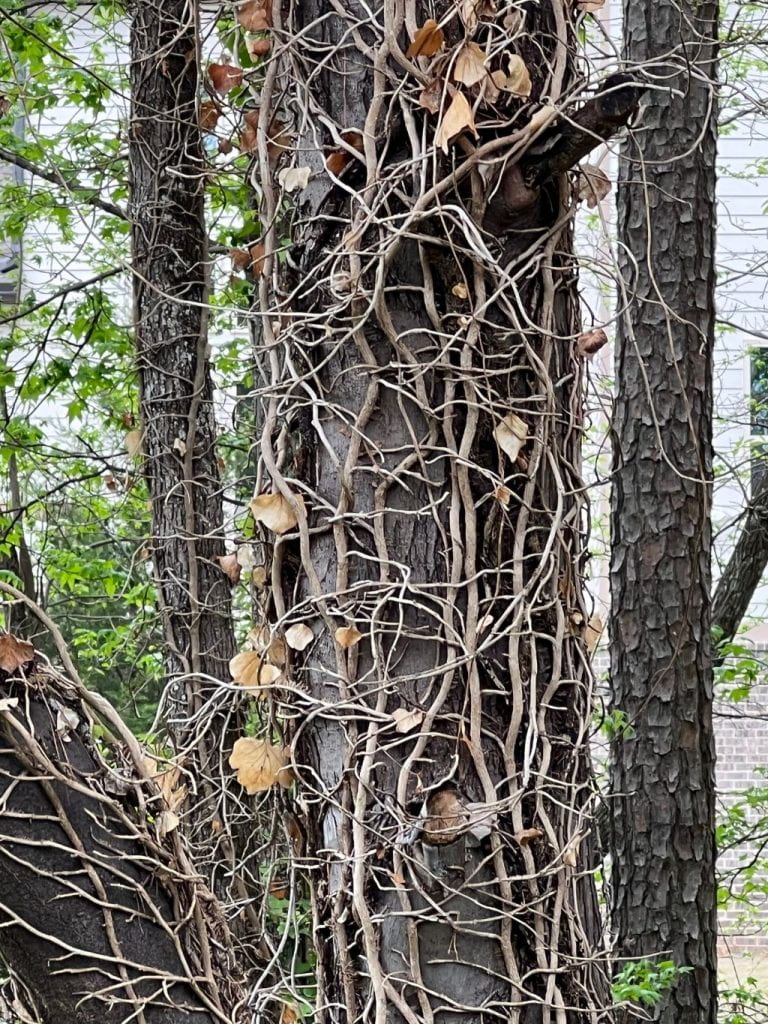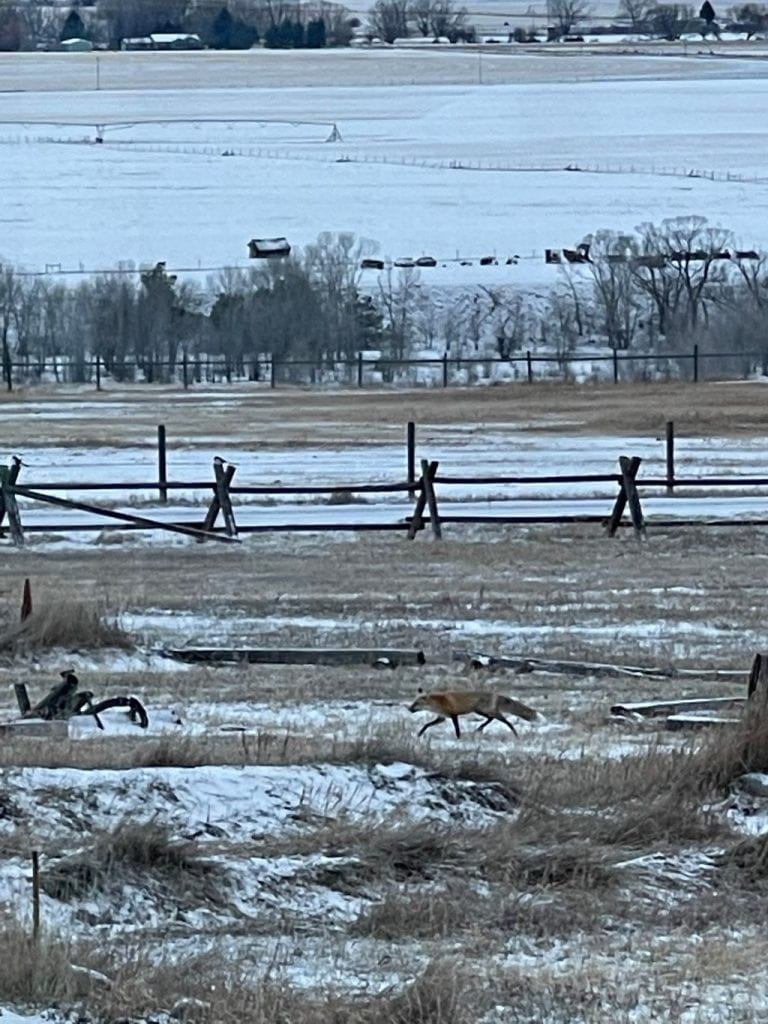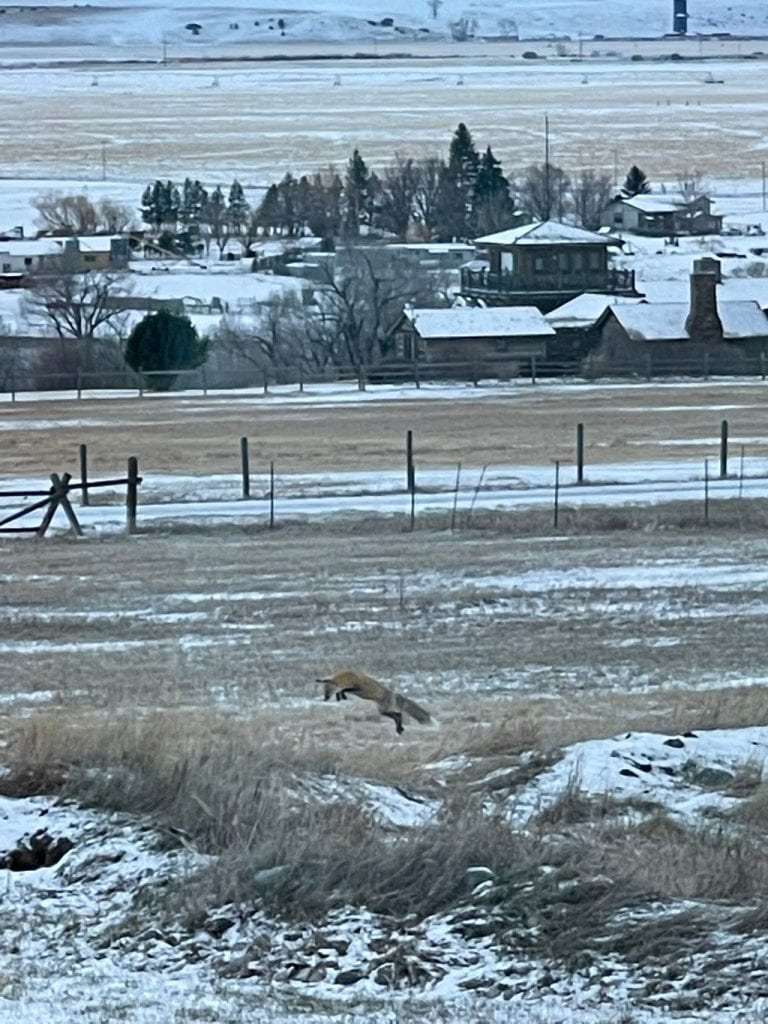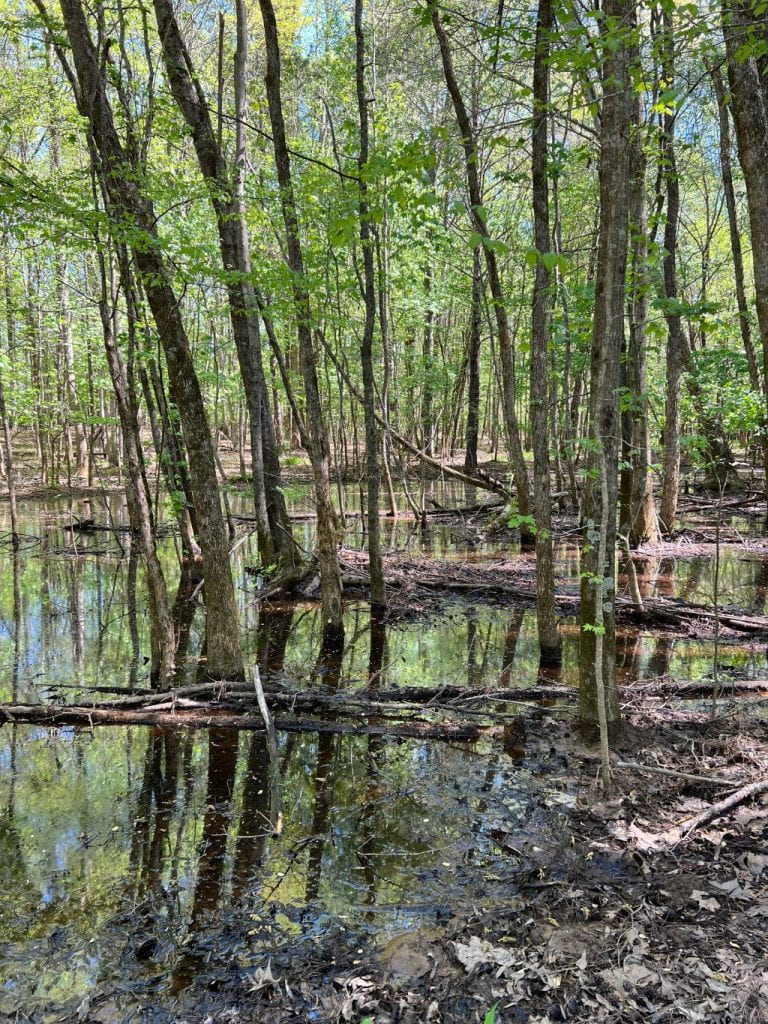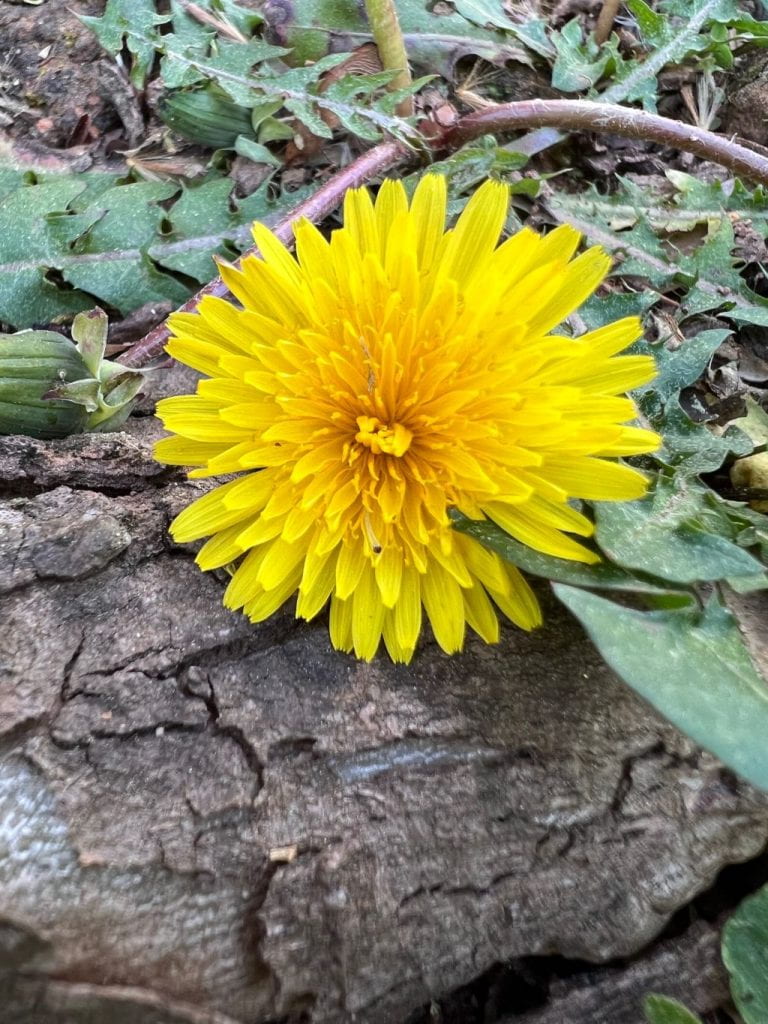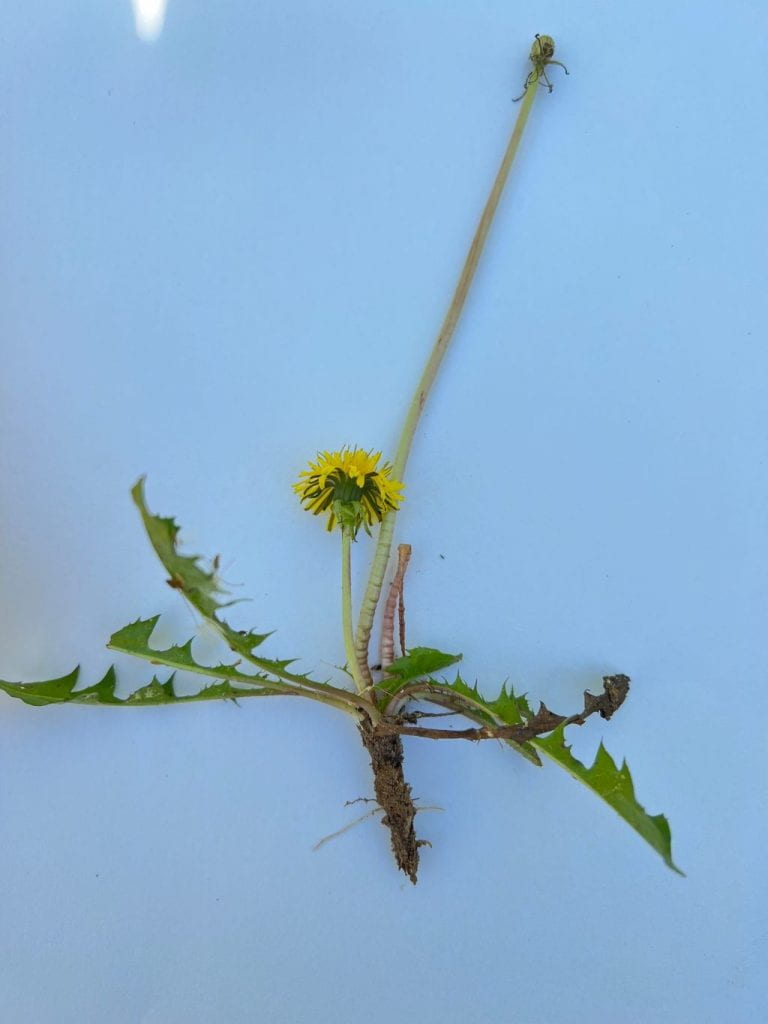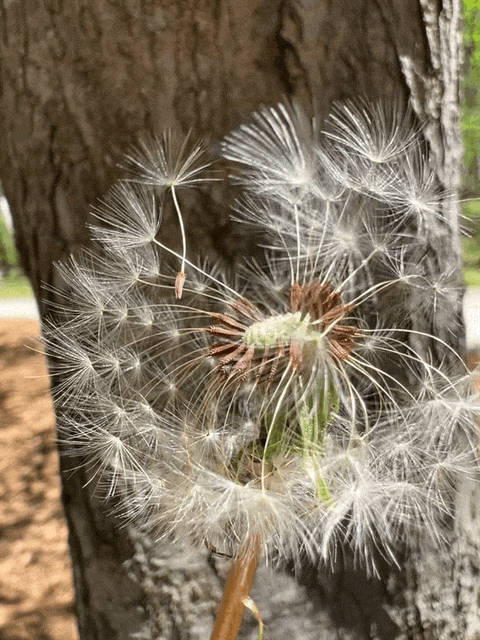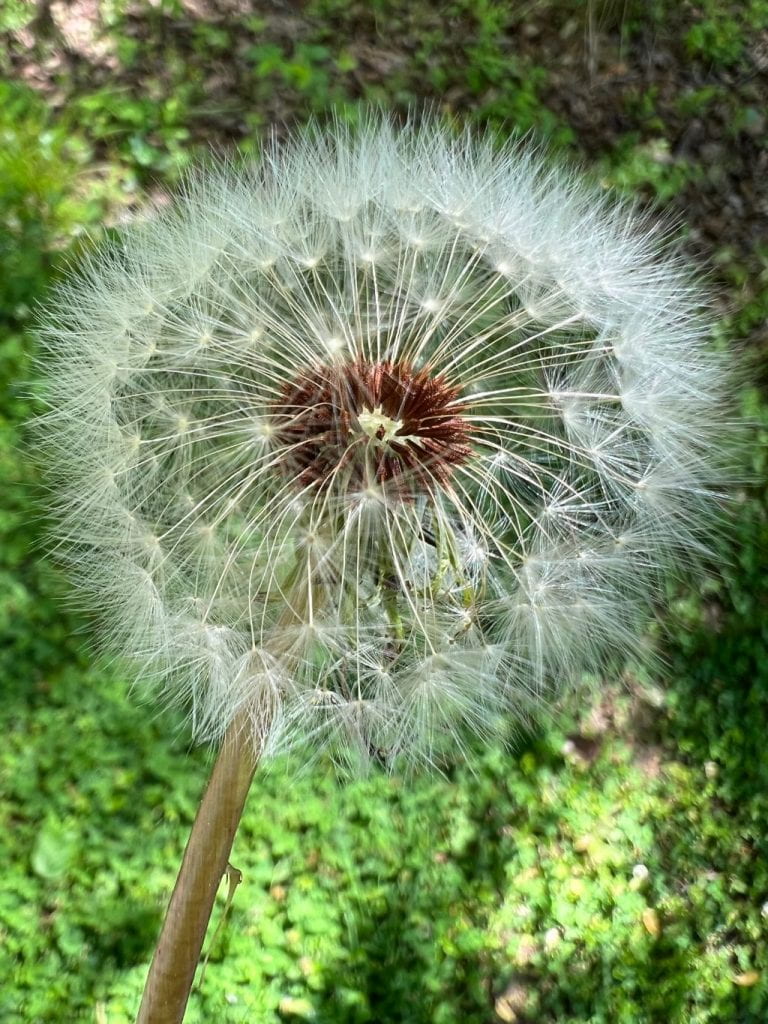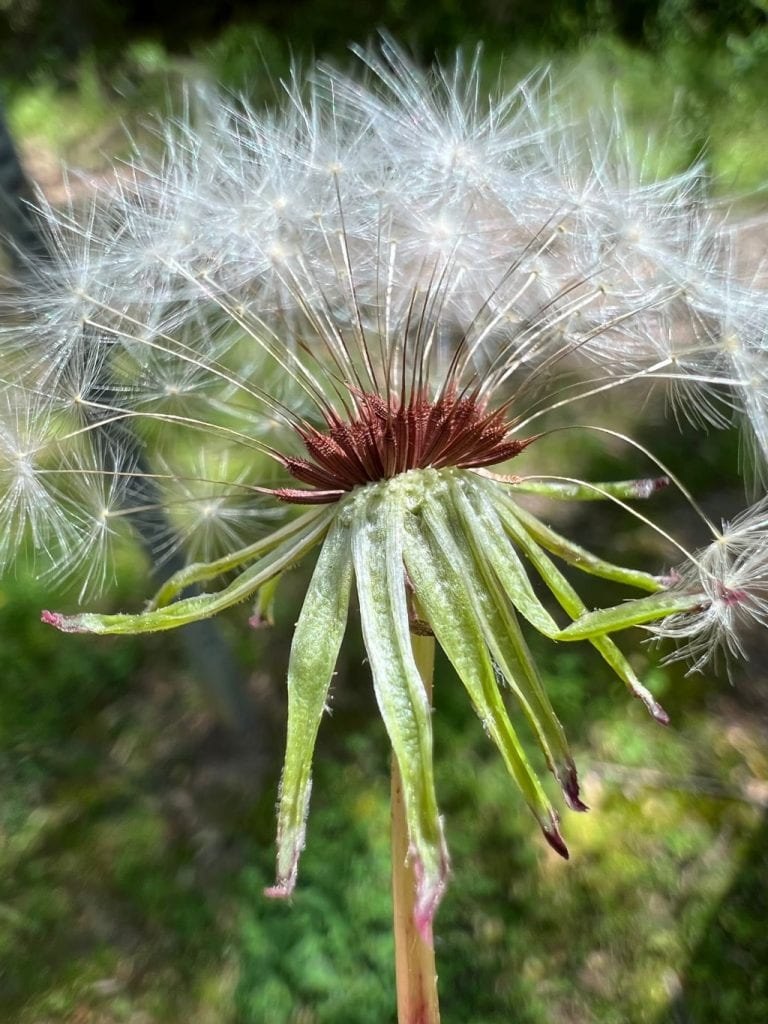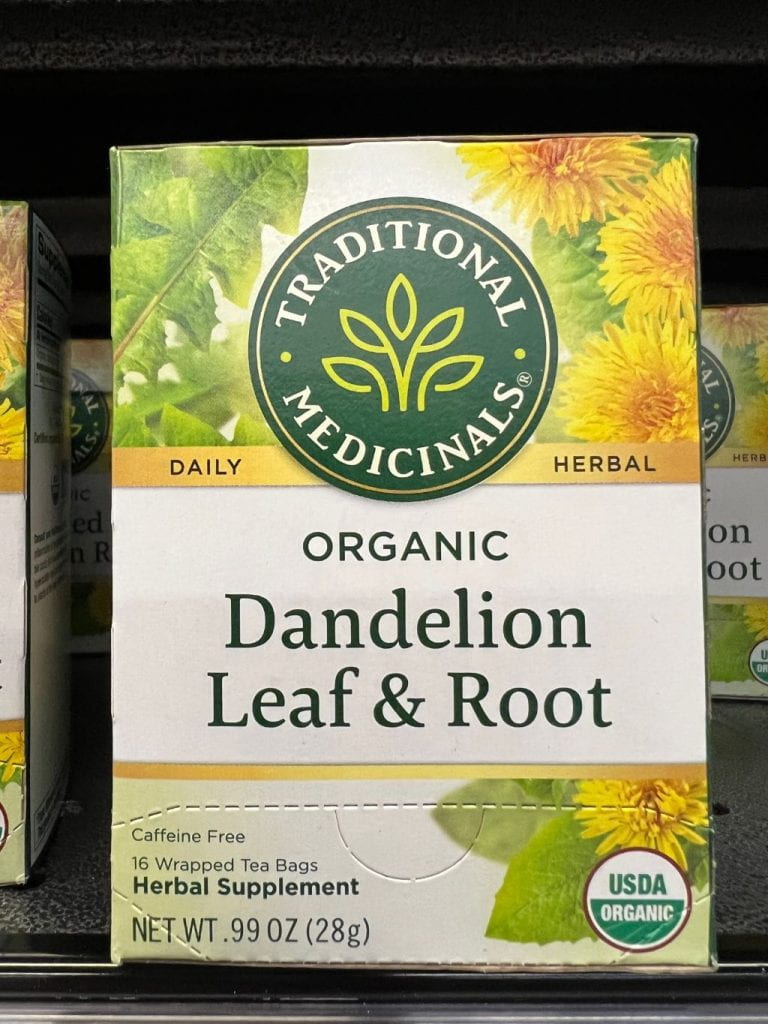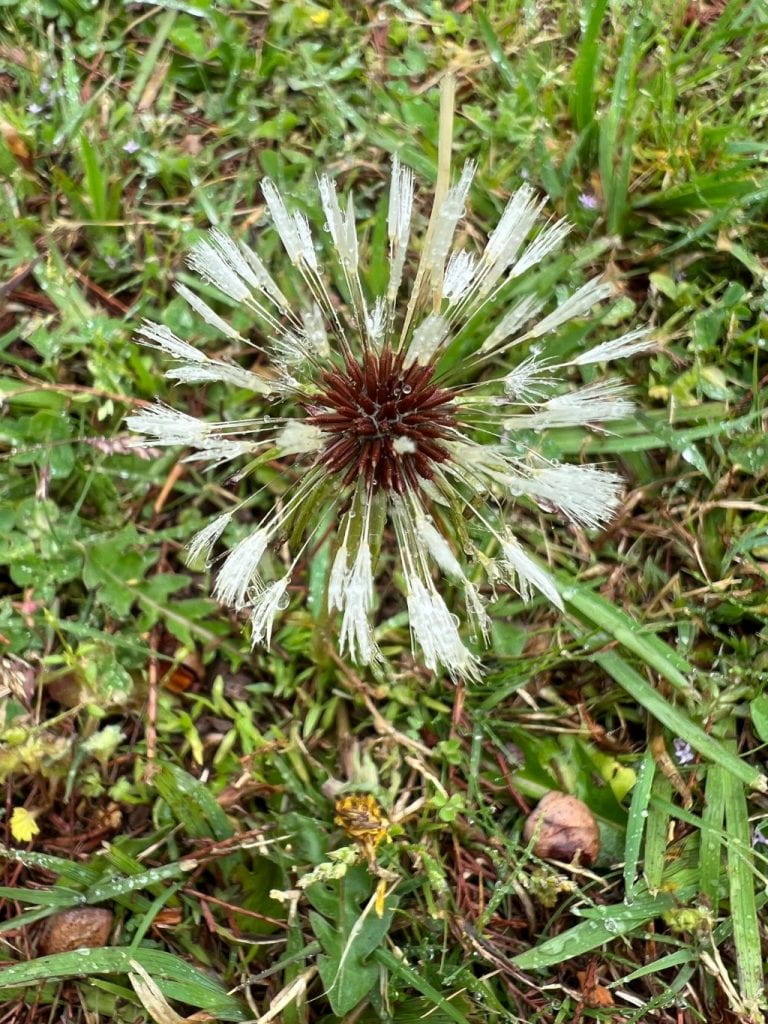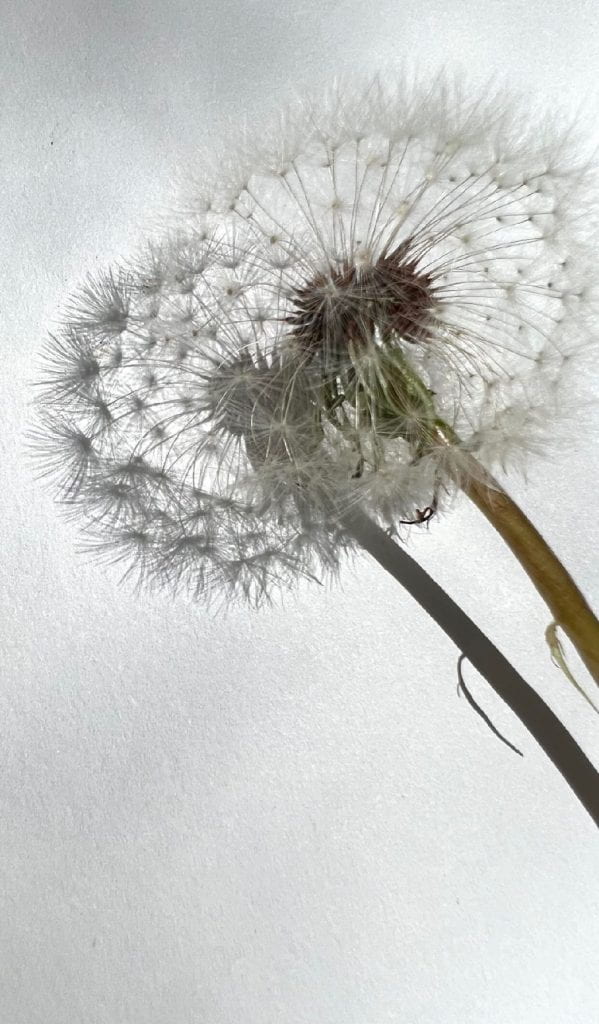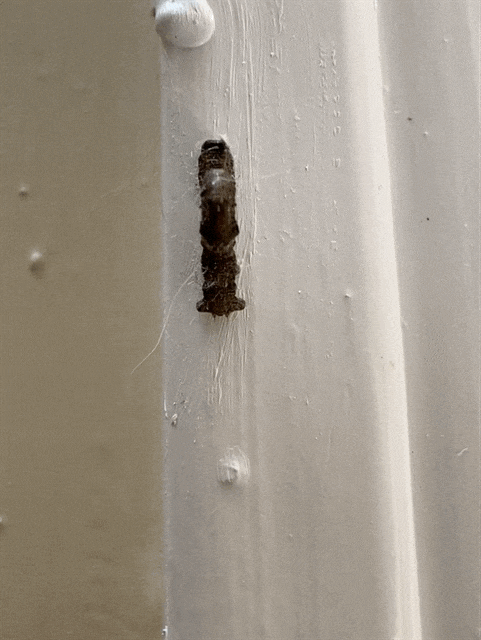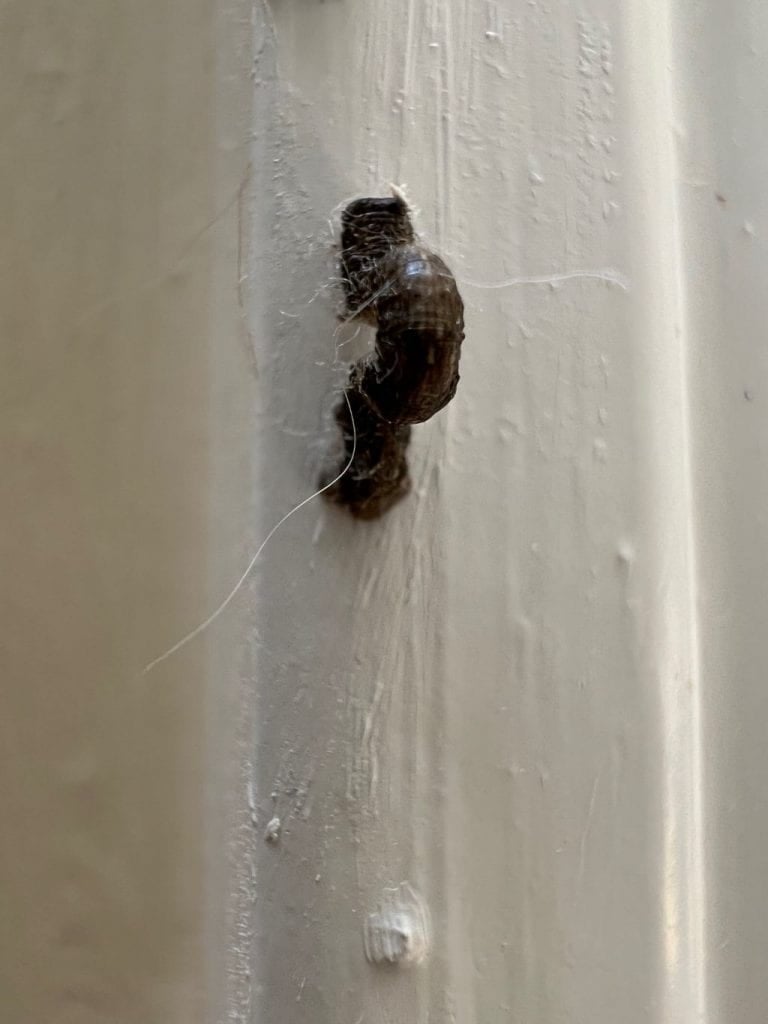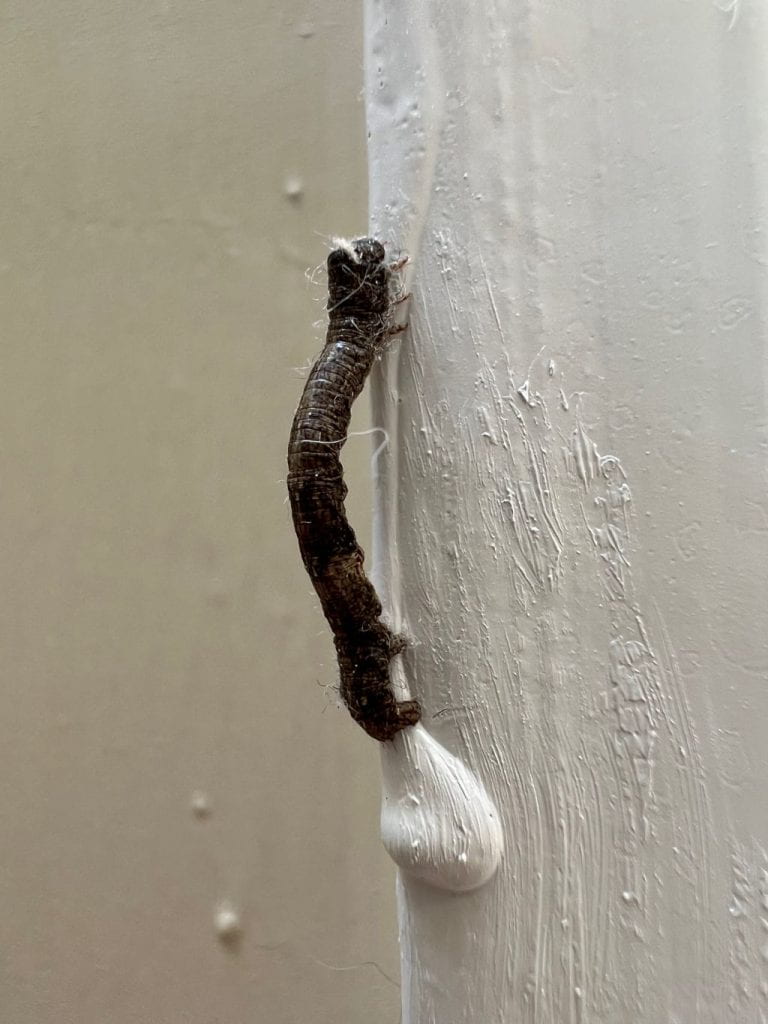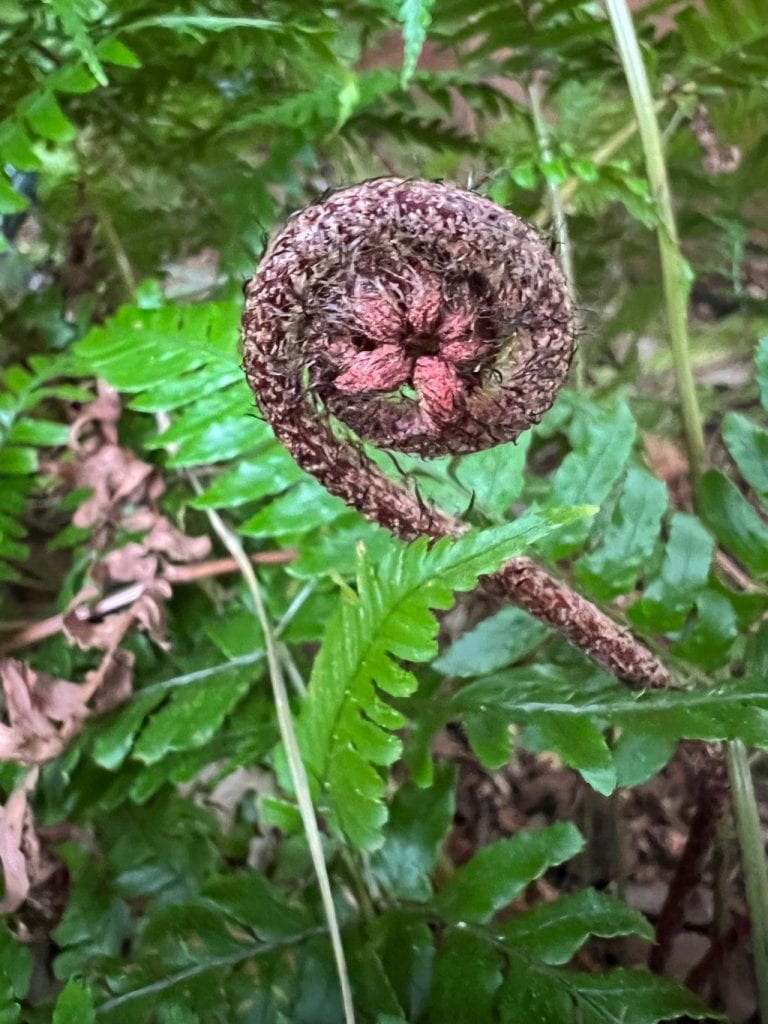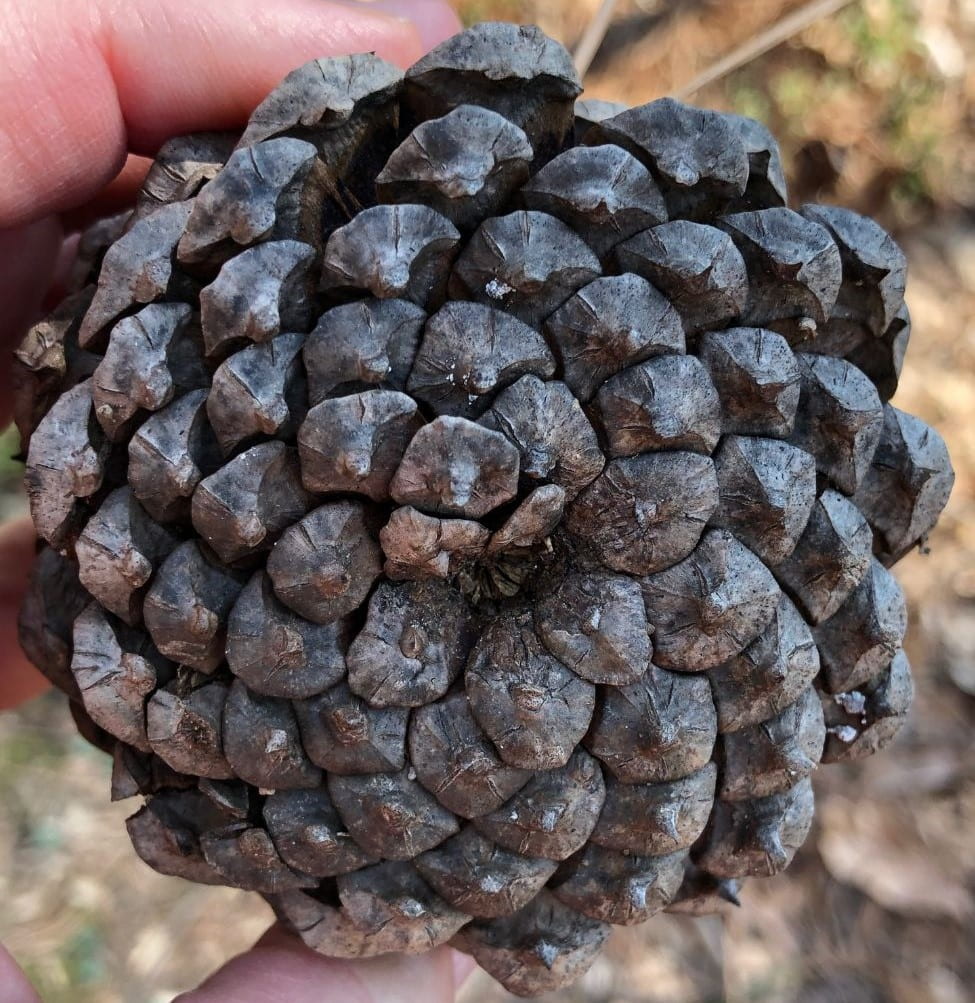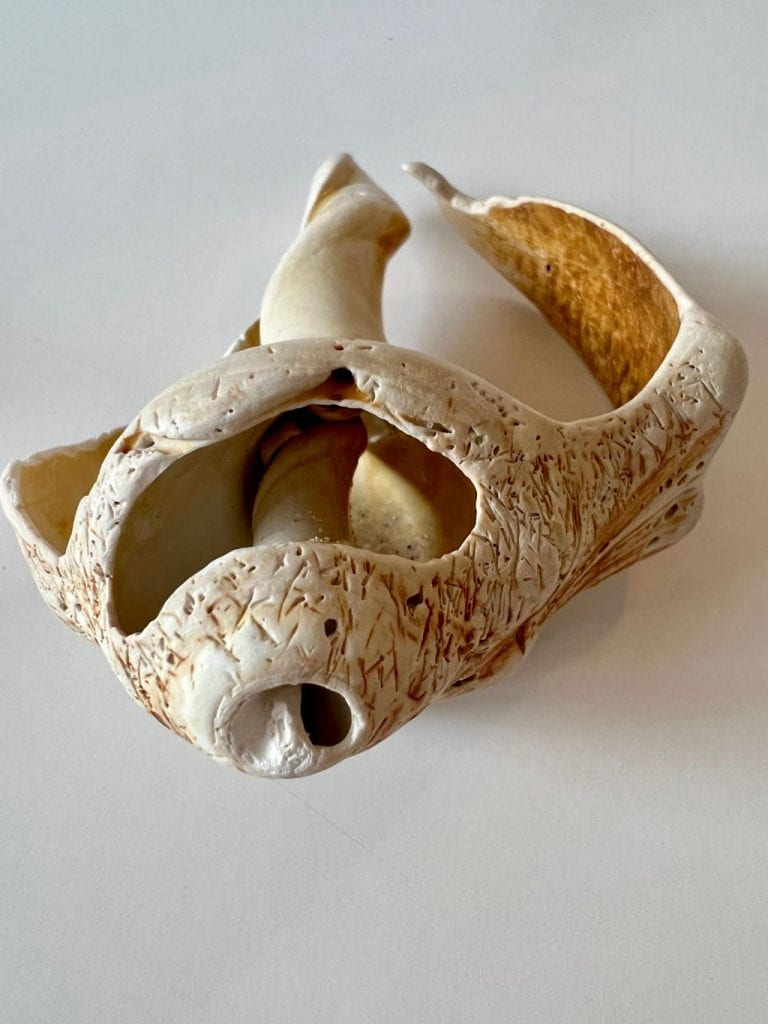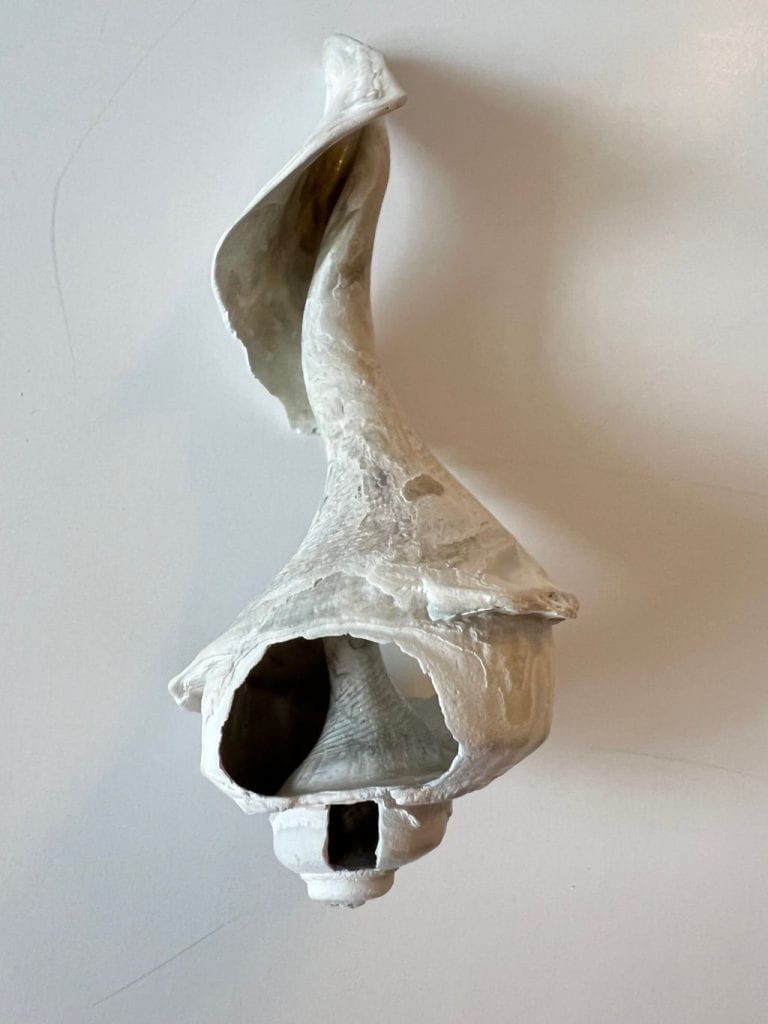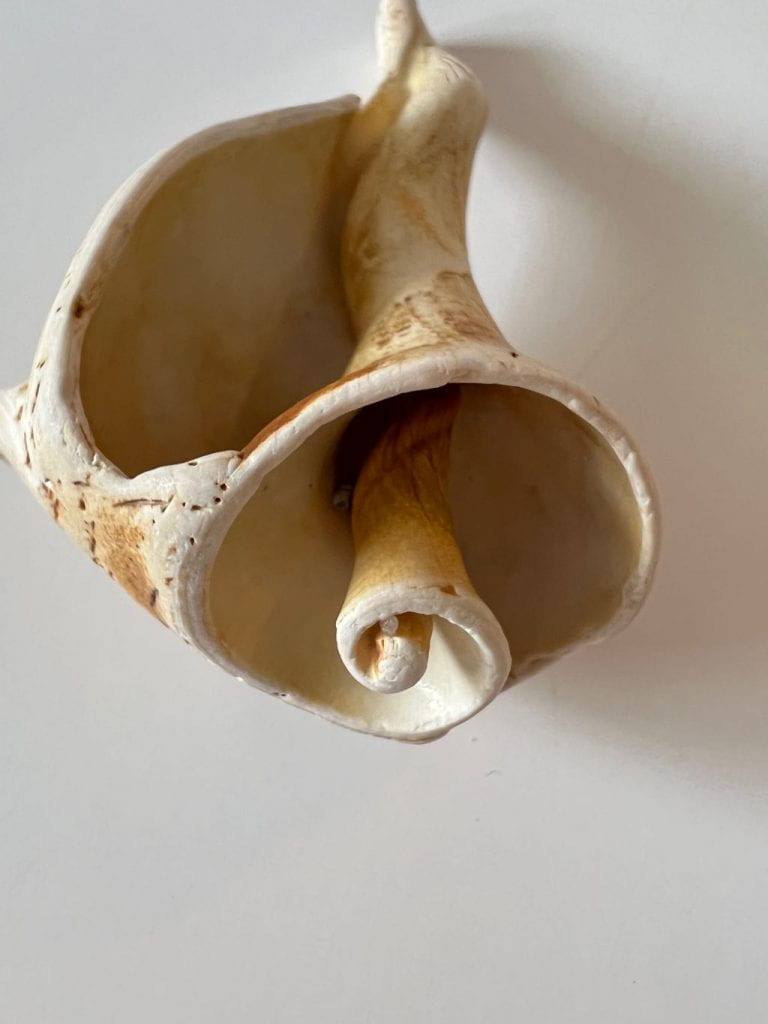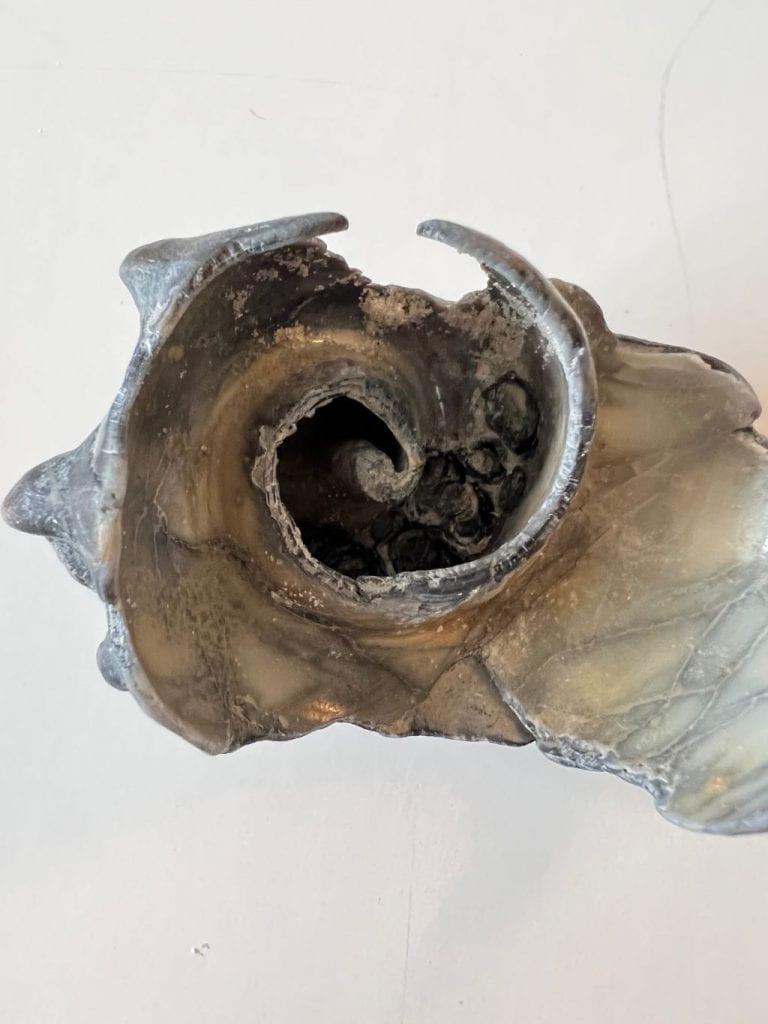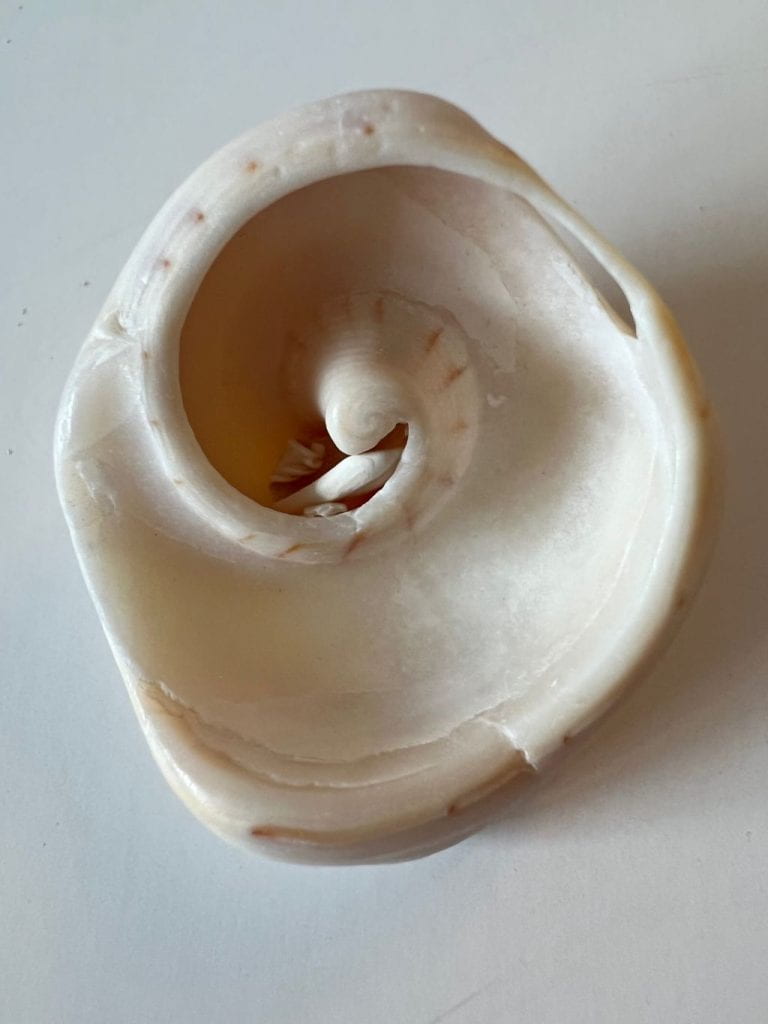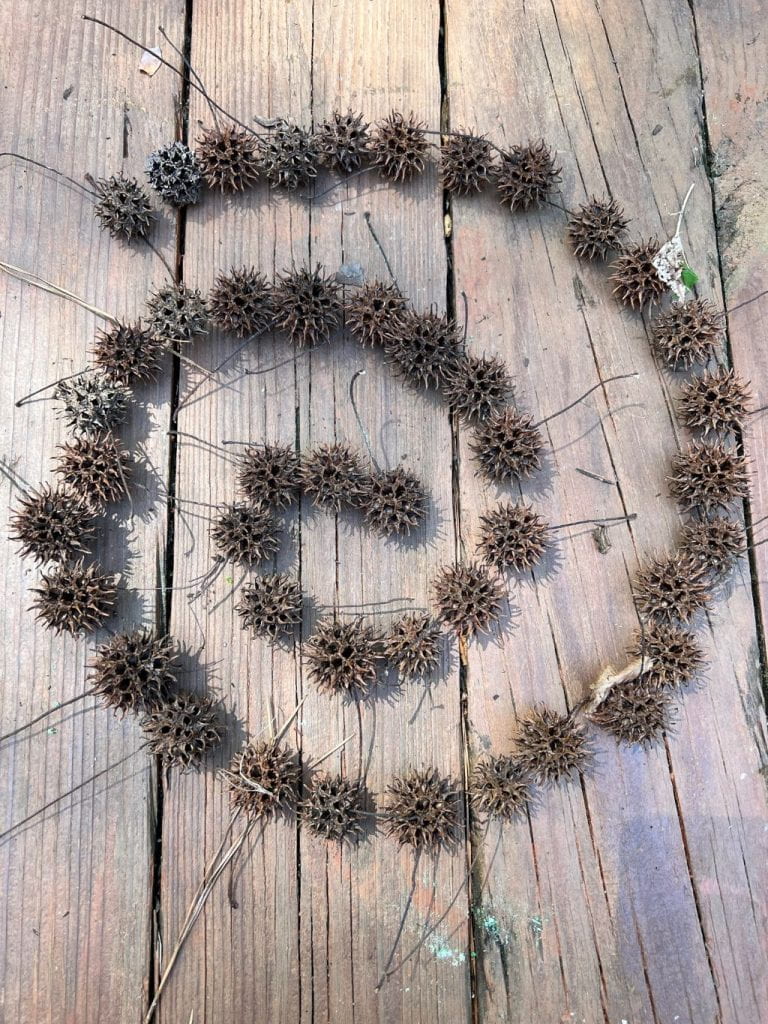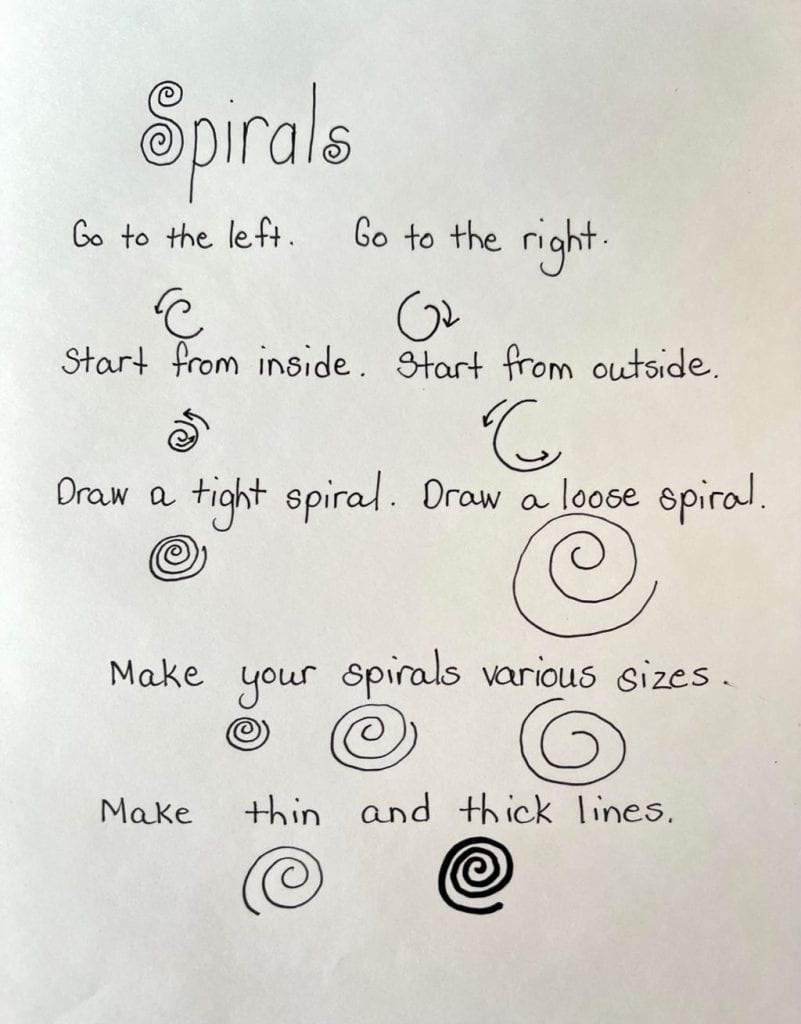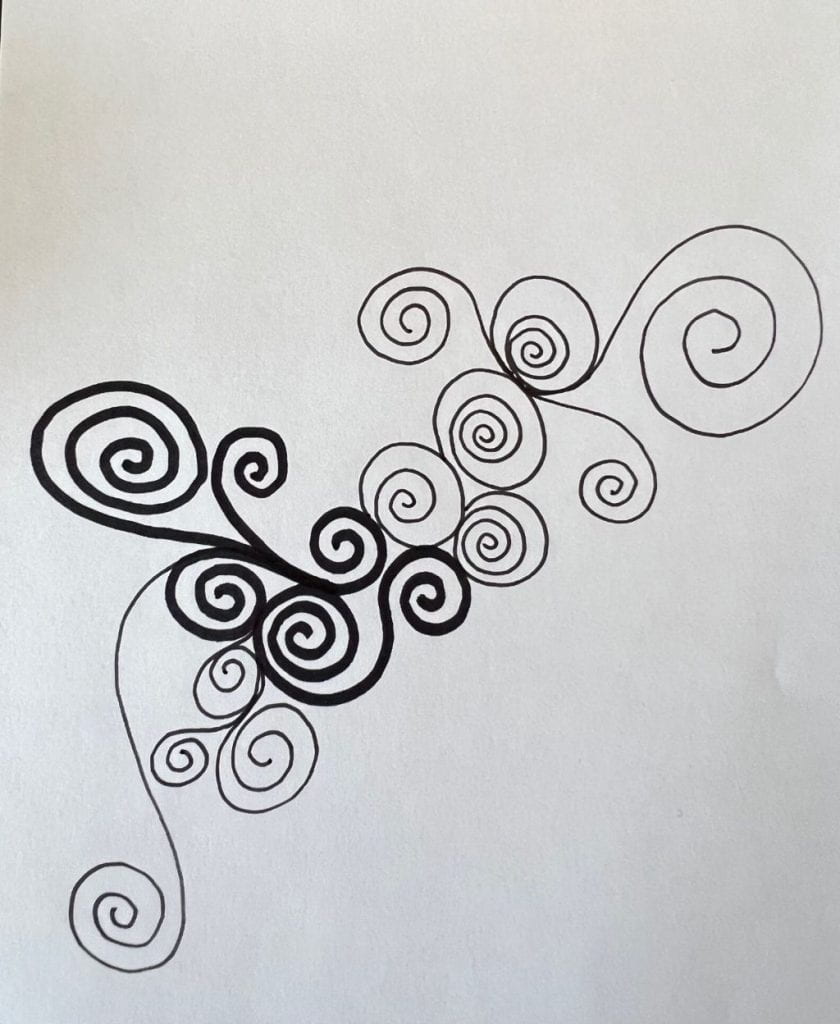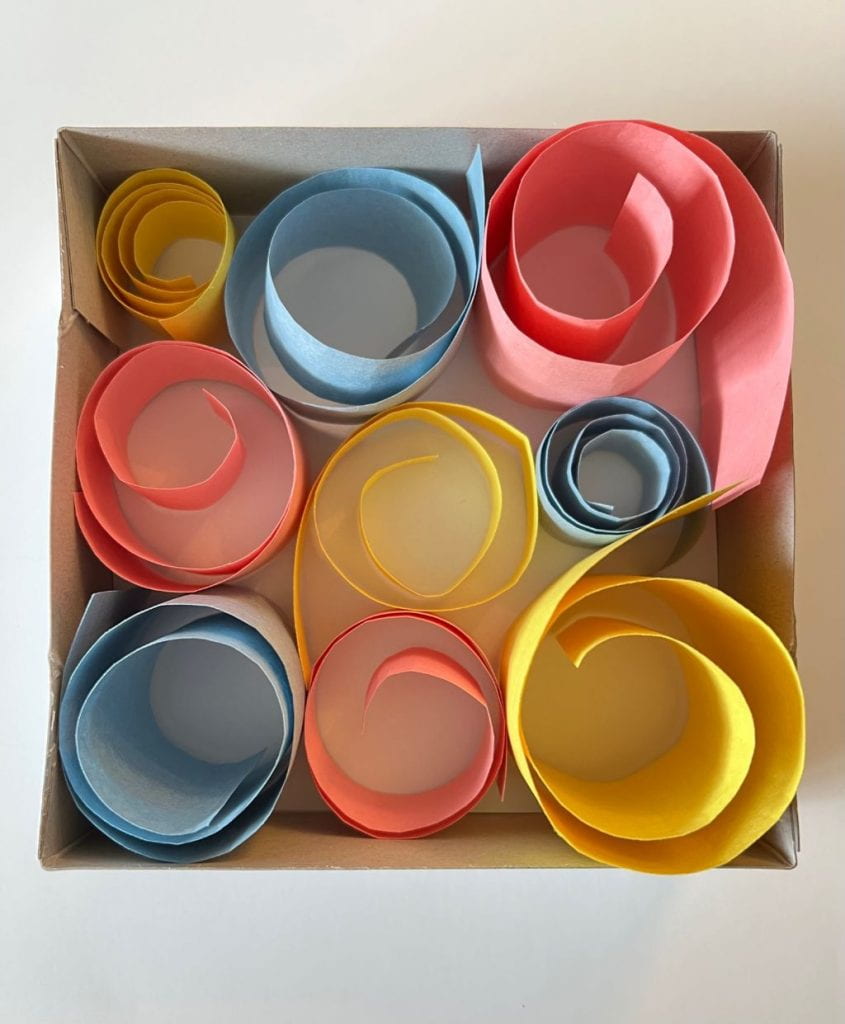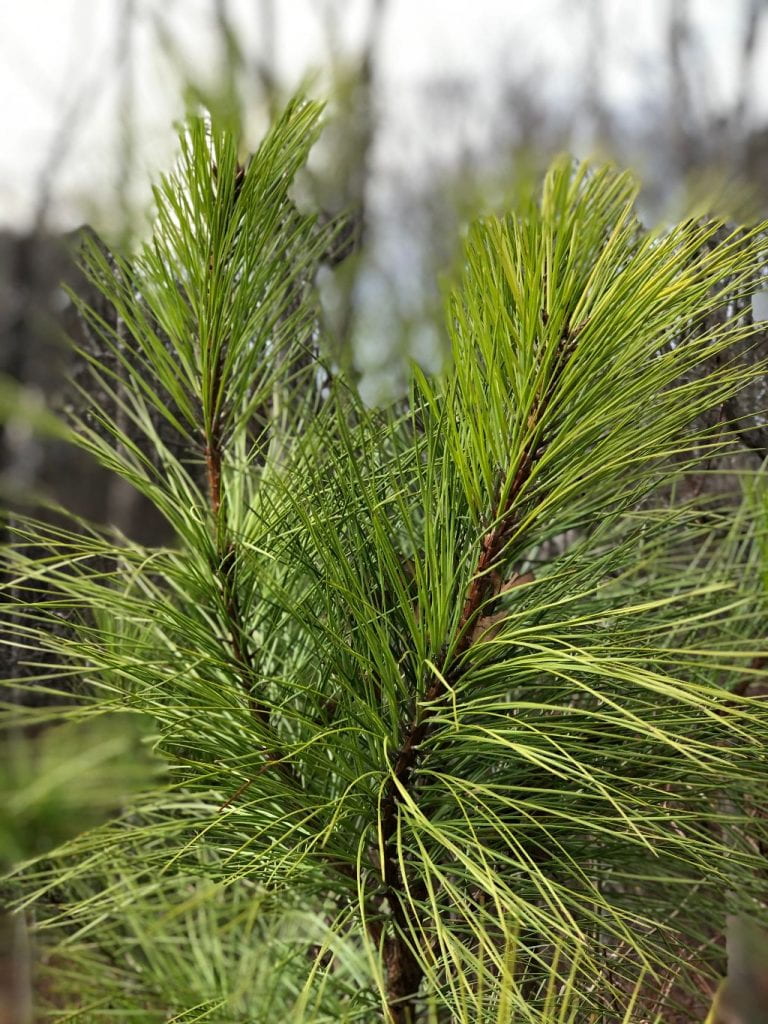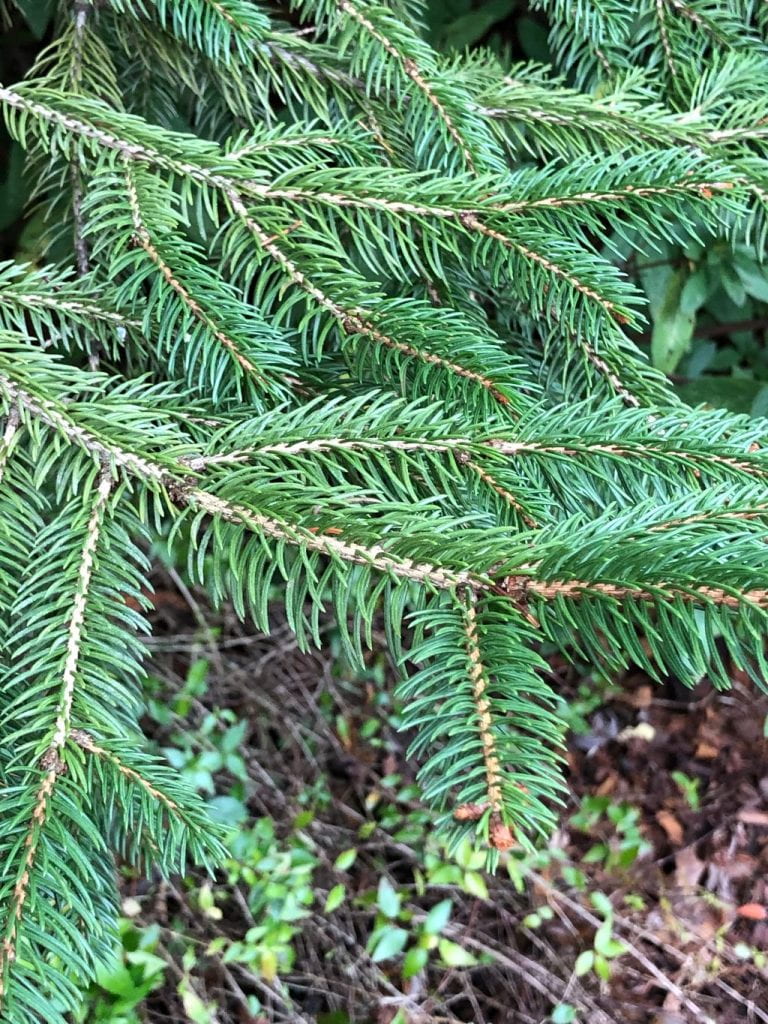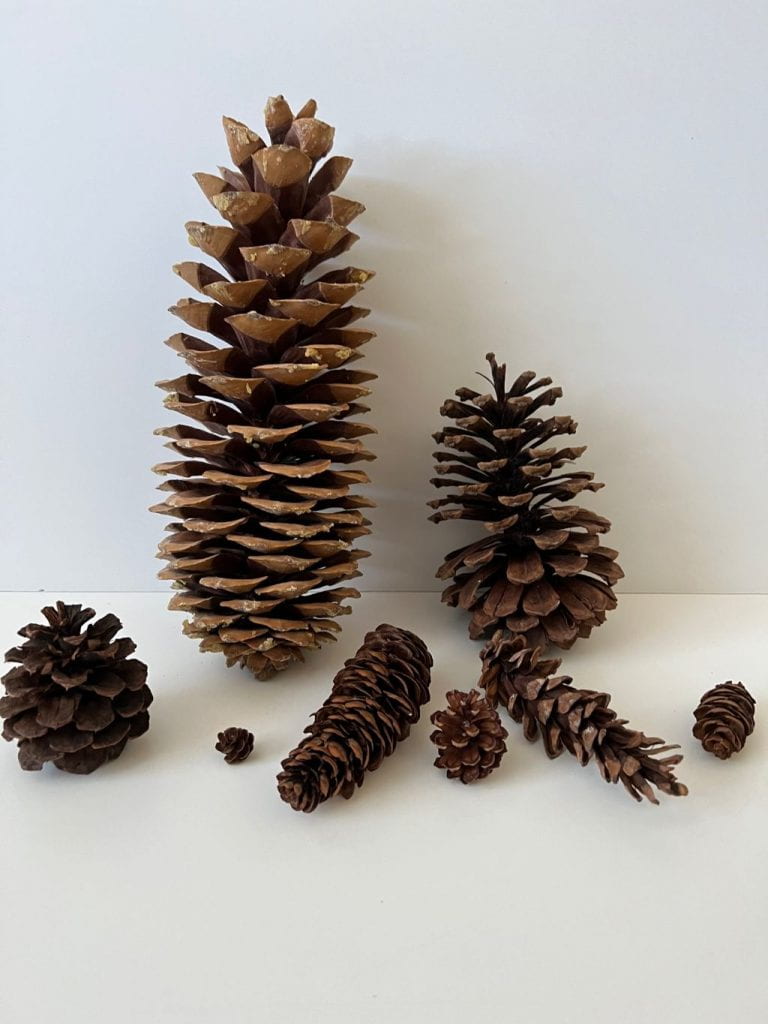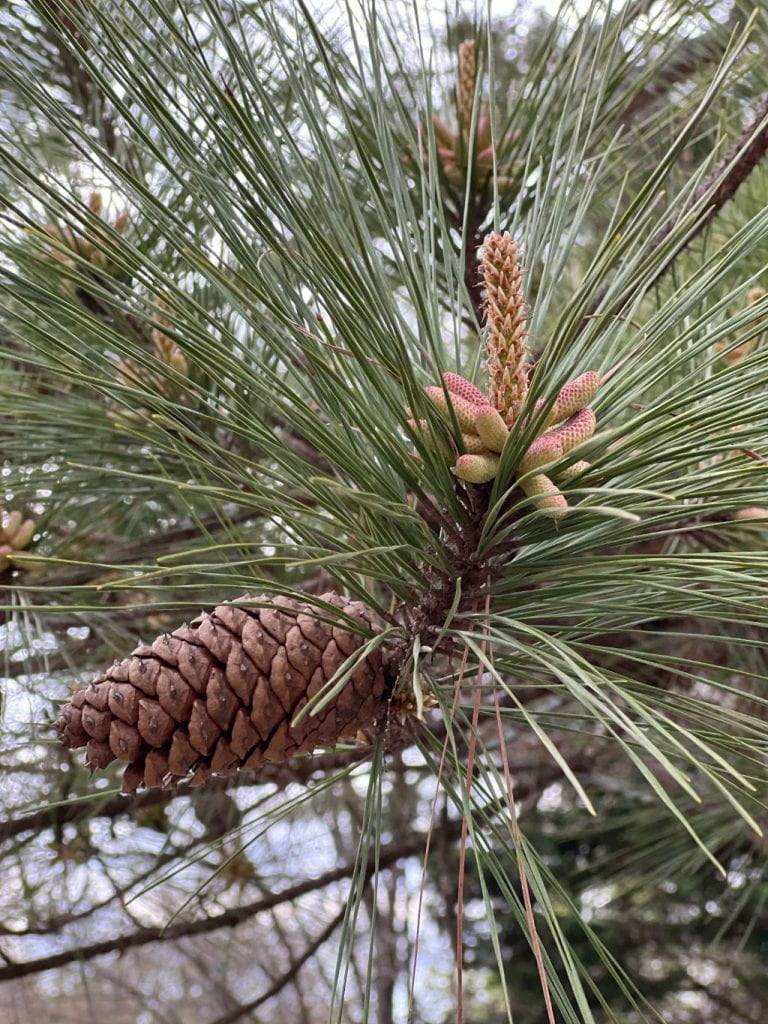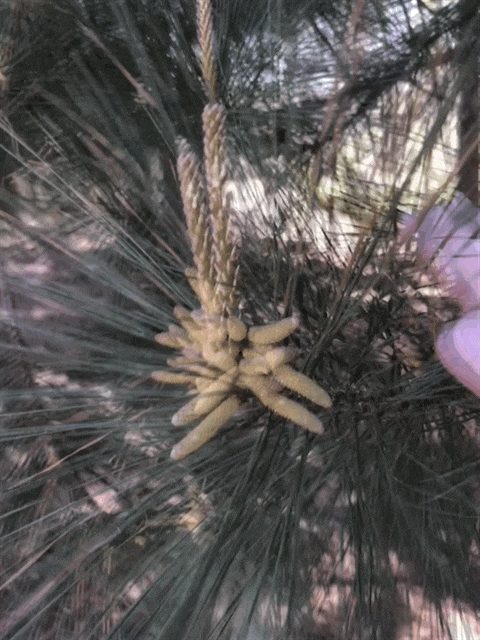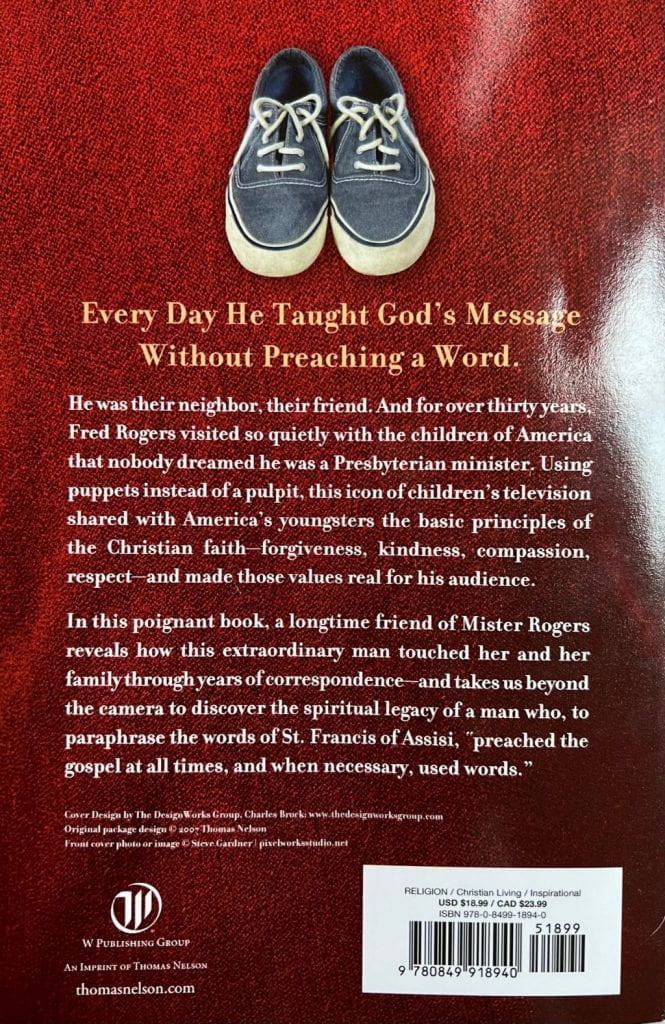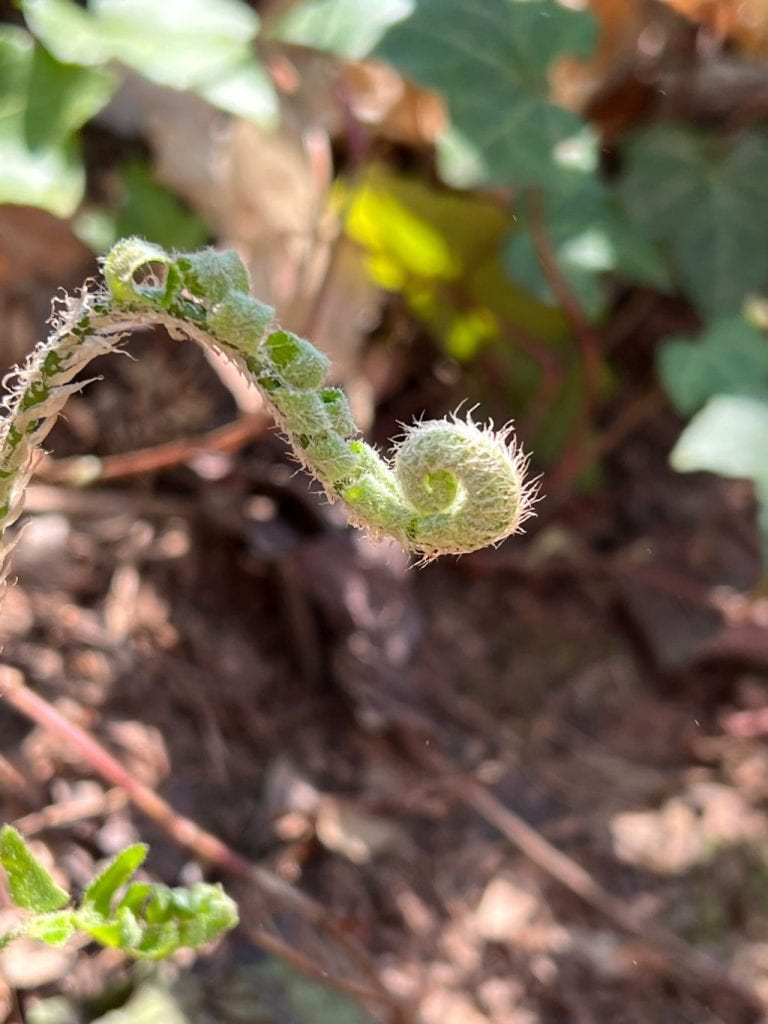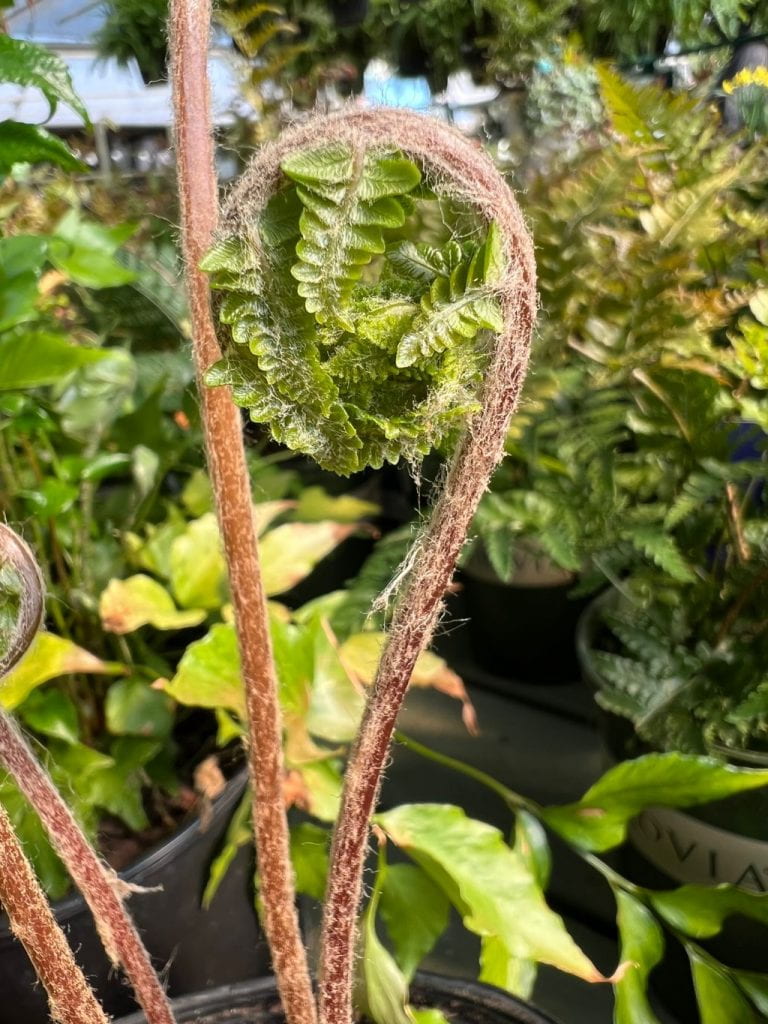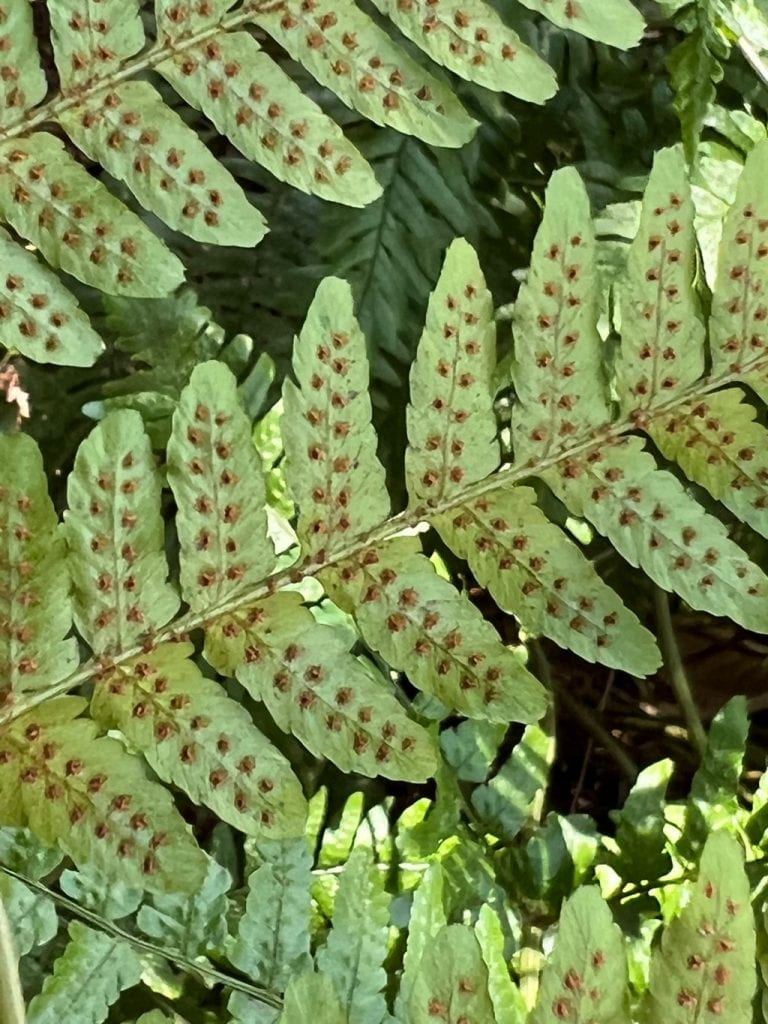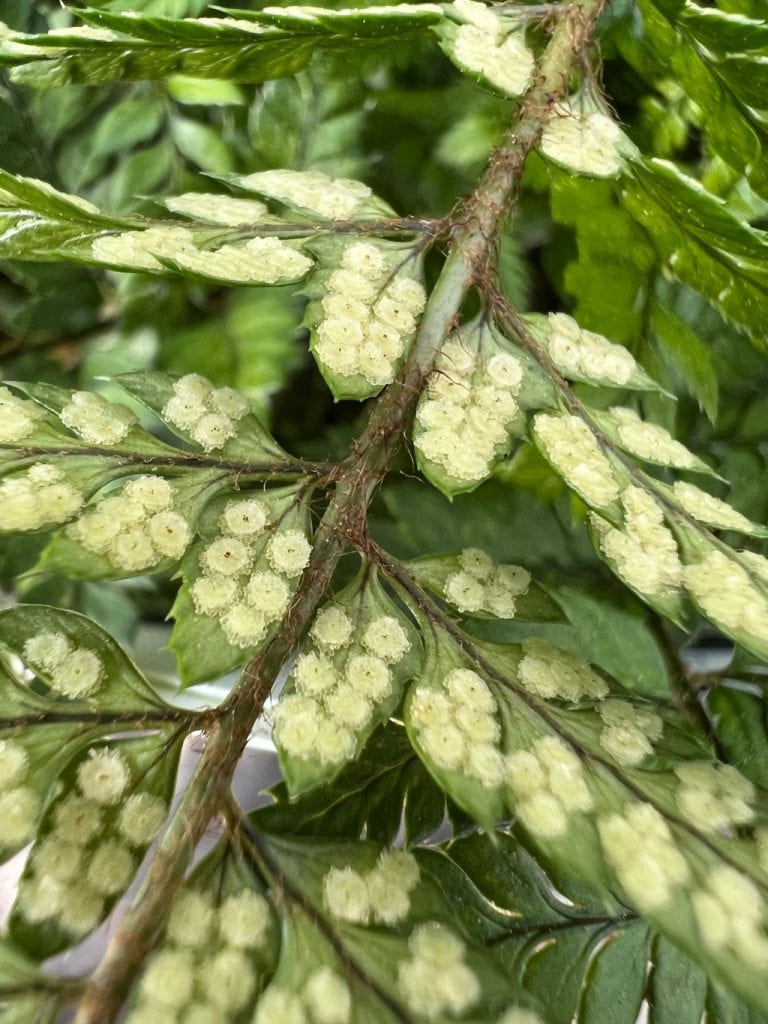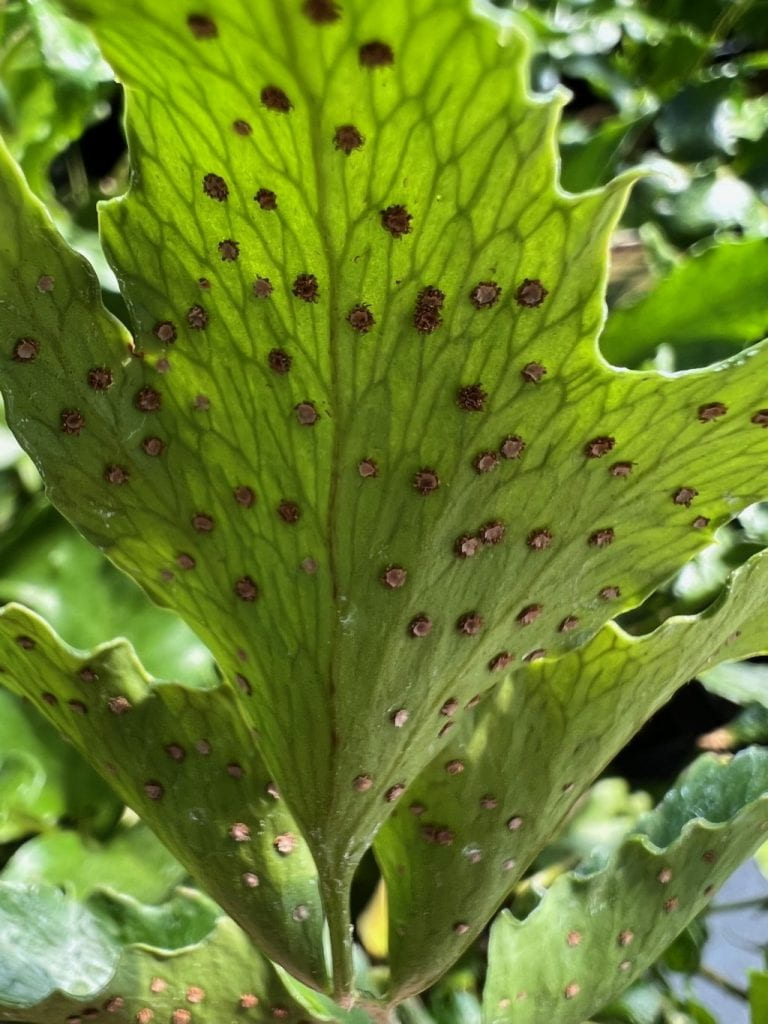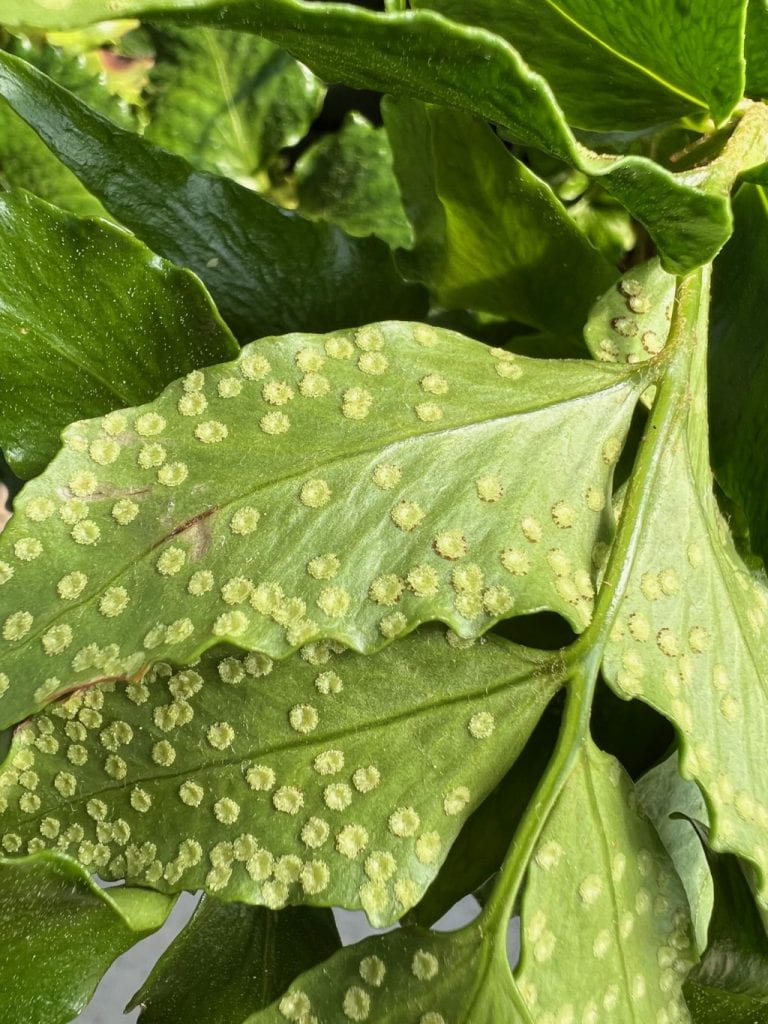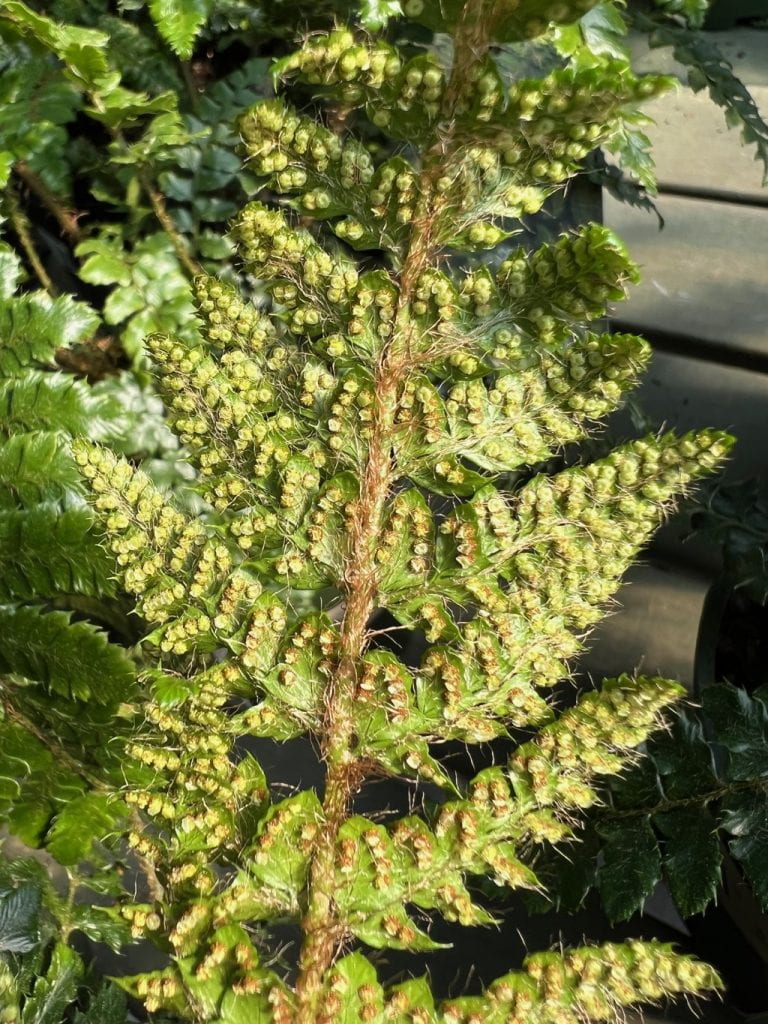Lines and Scribbles
I just added this book to my library because I immediately saw a connection with nature. Some things are made from scribbles, while others are lines. You will need to think abstractly and use your imagination for this activity! Click here for the Safeshare link.

When I went walking, I searched for scribbles and lines in the natural world. Such a great activity for observation and communication!
I saw lines:
But here, I saw scribbles:
Take a walk with your children and identify objects that are lines and scribbles. If you enjoy this theme, check out these picture books:
Click here for the Safeshare link.

Click here for the Safeshare link. This book could also be used during a discussion of camouflage.

Scribbling is an important developmental skill for writing, just as crawling and babbling are stages in walking and speaking. When they scribble, children develop the small muscles in their hands, eye-hand coordination, communication skills, creativity, and imagination. Scribbles have meaning and it is the manner in which young children express their thoughts and feelings.
Foxes
Susan, a friend of mine, recently relocated to Montana with her husband. I’ve enjoyed her wildlife photos and her recent pictures of a fox inspired me to post about this canine.
Why is the fox jumping in this photo? Watch the video to discover what is happening.
I was in my backyard when I heard the scream of a fox. It will startle you! Listen to the call in the video below.
Click here for the Safeshare link.
Hattie and the Fox is an easy story for young children to dramatize and the predictable, repetitive text will encourage them to participate in the reading experience. Click here for the Safeshare link.
Great Blue Heron
The Big Creek Greenway, my favorite place to walk, is a wetland ecosystem. After a heavy rain, the area often floods, and paths are frequently closed for a few days.
After recent storms, I spied this great blue heron wading through the residual water.
“In order to see birds, it is necessary to become a part of the silence.” Robert Lynd
Dandelion Study
Use dandelions to teach your young scientists about plants! They are safe, plentiful, and move quickly through their life cycle.
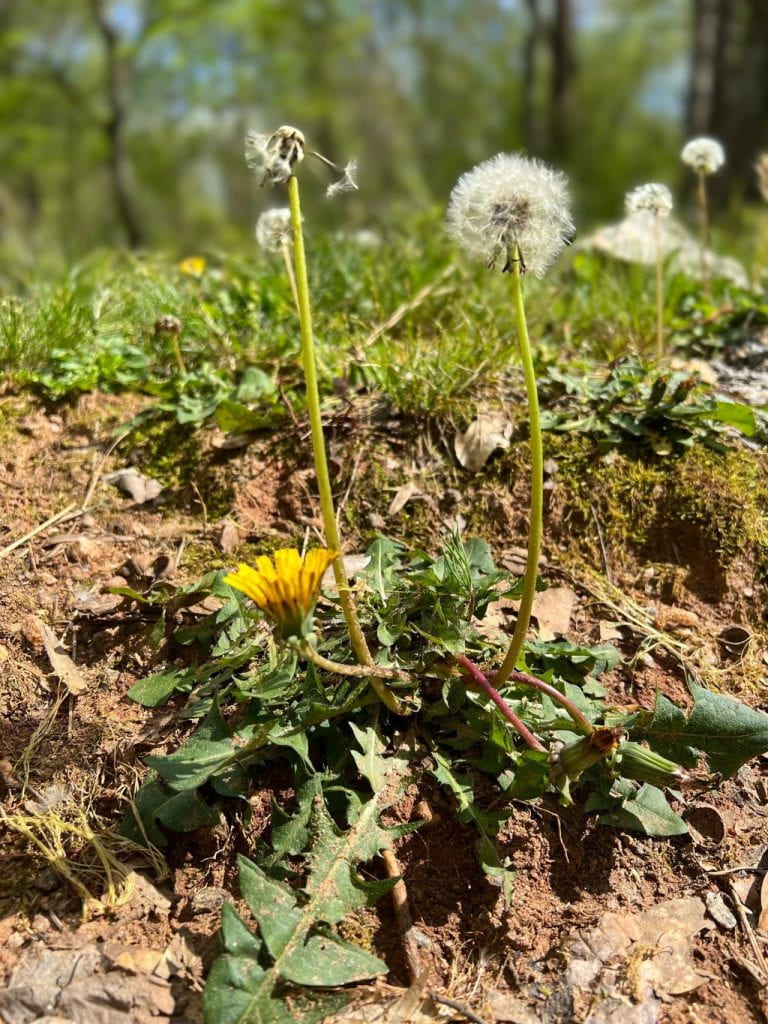
The flower’s role is to produce seeds. Because dandelions bloom in the spring, they are one of the first food sources for pollinators.
Can you name the parts of the plant? Dandelions have a tap root, like a carrot. Label the plant parts. Diagrams are found in informational text.
Dandelion seeds disperse by the wind. I am mesmerized by the beauty of these seeds.
A dandelion rapidly changes from a flower to a puffball of seeds. Sequence the life cycle. Click here to watch an animated life cycle. Plant the seeds and journal the growth of the dandelions.
Dandelions are edible. They were brought to America by European settlers and were cultivated for their medicinal qualities and as a food source. After studying dandelions, try a dandelion tea like the one below, or taste dandelion greens. These were at Whole Foods.
These photos were taken after a spring rain.
Take photos of the shadow created by the ball of seeds and draw what you see.
Click here for the Safeshare link.

Click here to listen to the story.


Dandelion is a classic children’s book. Click here for the Safeshare link.
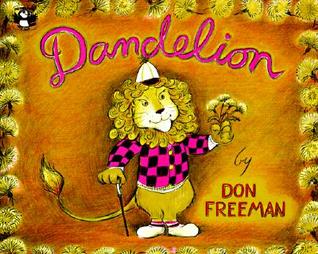
Inchworms – Math and Science
I discovered this inchworm climbing up my window frame. An inchworm isn’t a worm at all, but the larval stage or caterpillar of a geometer moth. All moths go through metamorphosis-egg, caterpillar (larva), pupa (cocoon), adult (moth). Inchworms are about an inch long and are commonly brown or green.
Do you see the six legs near its head? All insects have six legs. The inchworm’s name is derived from the way it arches to propel itself forward. Ask your children to move like an inchworm. Start in a plank, walk your feet toward your hands, and then walk your hands forward. Repeat.
Inch by Inch is an excellent book to teach beginning measurement skills. Cut green paper into inch strips (inchworms) and use them to measure items at home or in your classroom. Click here to watch the story.
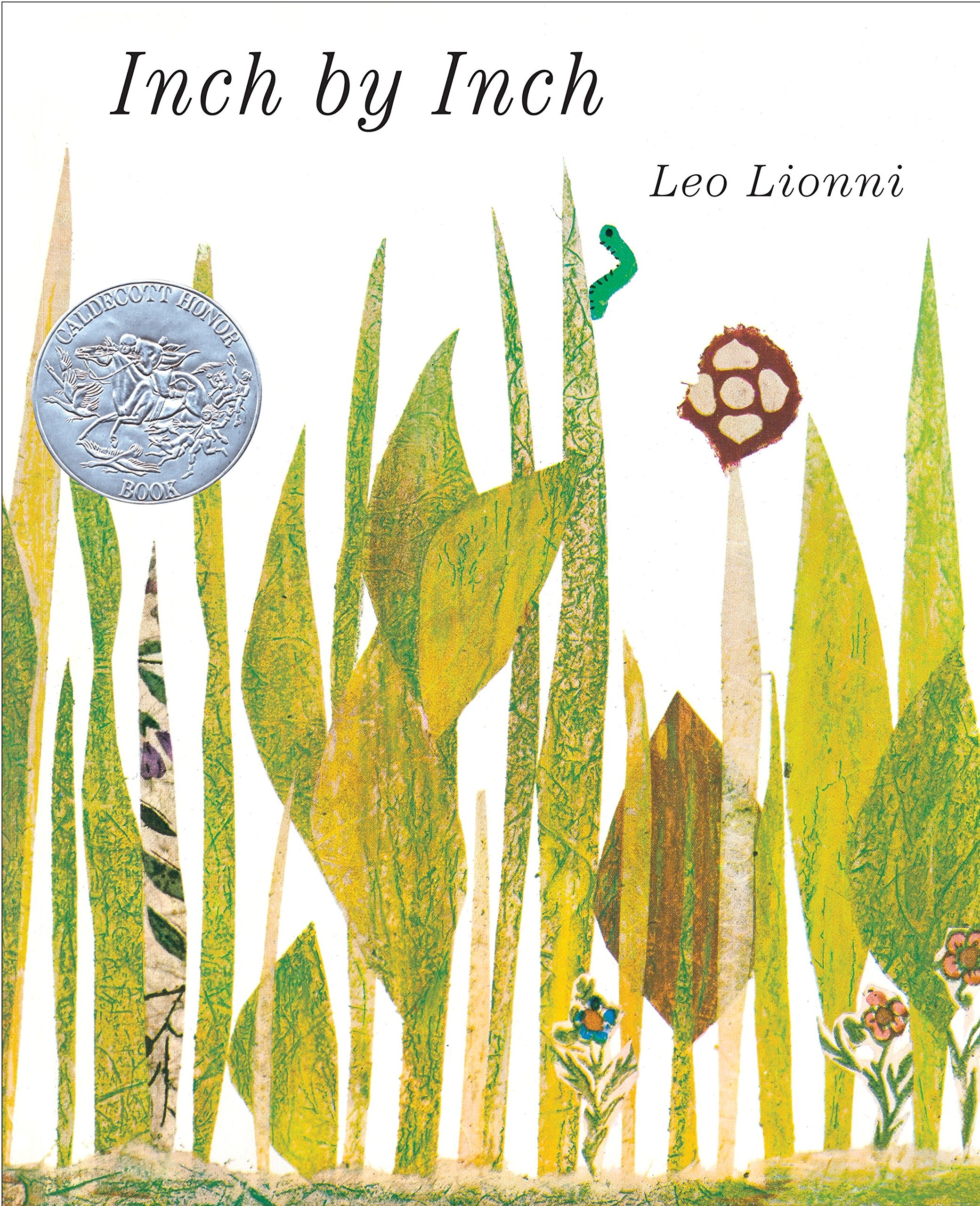
Inchworm, performed by Danny Kaye in the movie Hans Christian Anderson, is a classic children’s song. Click here to watch him sing the song with the Muppets.
Spirals
I believe in teaching with a multidisciplinary or cross-curricular approach (integrating subject areas) rather than teaching subjects in isolation. STEM also follows this methodology. I’ve found that students consequently reach a higher level of understanding, develop stronger connections, and see real-life applications. The following is an example of how standards can be chunked around a theme. In this case, it is the study of spirals.
How does the study of spirals connect with math? Click here for the Safeshare link.
Before you watch this, brainstorm where you see spirals in nature. Click here for the Safeshare link.
I am reposting links to past labs that focused on spirals found in nature.
Click here to go to the spider lab.
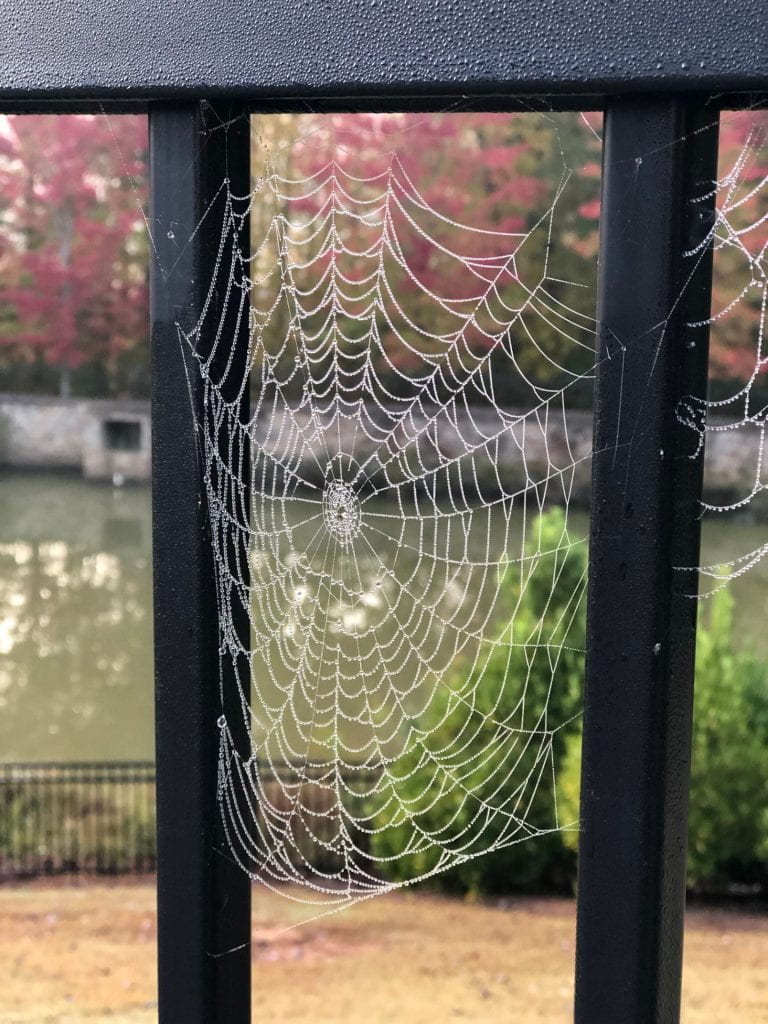
Click here to go to a lab about snails.
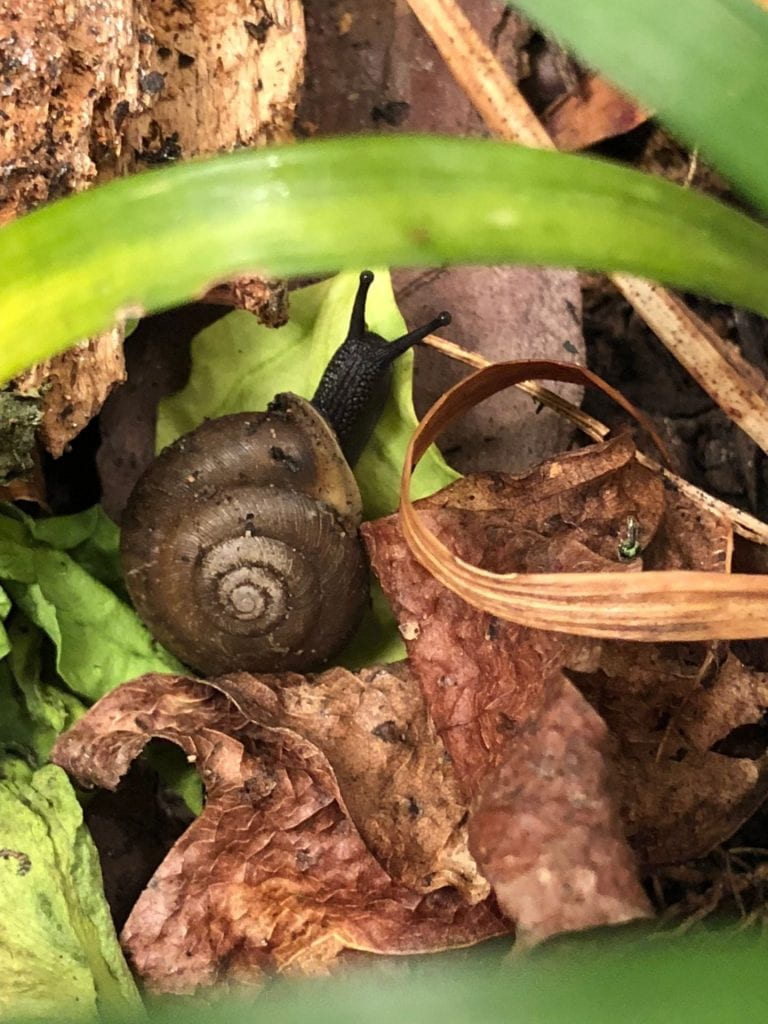
Click here to learn about a proboscis.
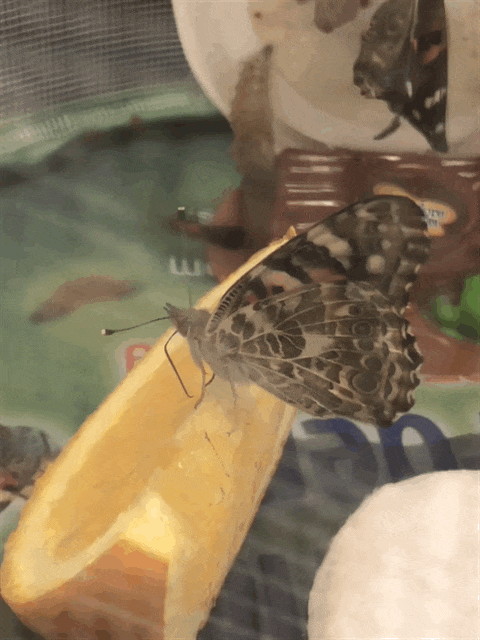
I recently wrote posts about conifers and ferns. Add spirals to your study of these plants.
A vortex is spiral shaped. Click here to go to the lab.
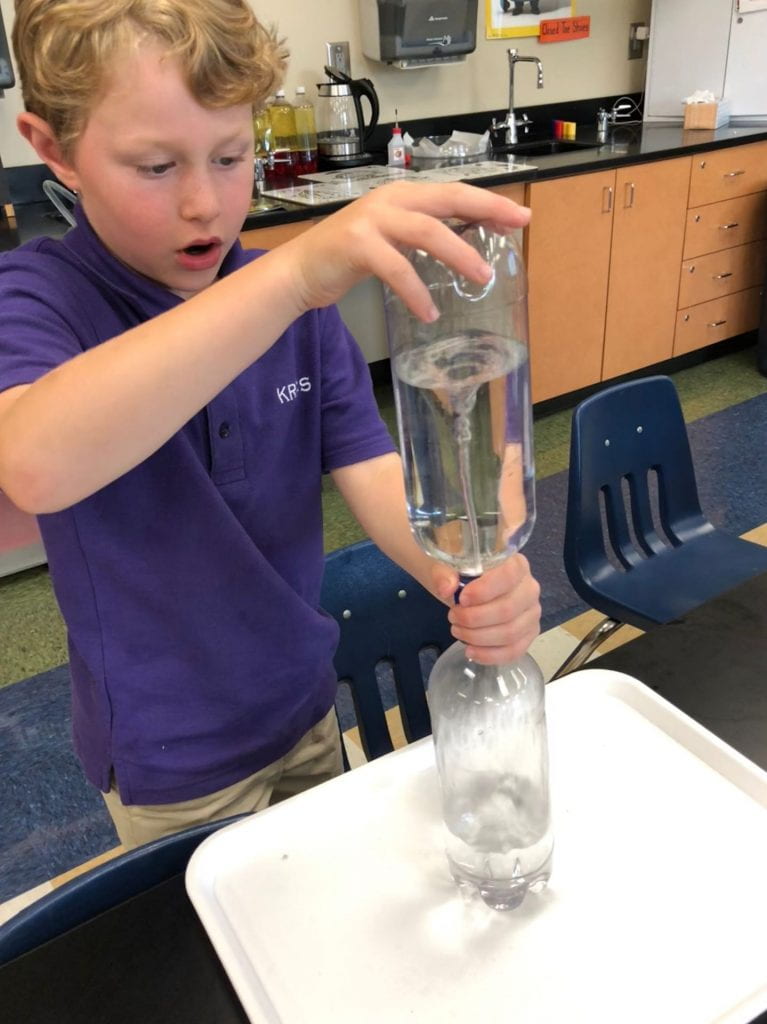
Many shells are spiral shaped. Don’t pass by those broken shells! Click here to go to a lab about shells.
Use loose parts you find to form spirals. Create spirals with patterns too. When you visit the beach, arrange shells and driftwood into spirals.
Turn spirals into snails or snakes.

From the Artful Parent
Doodle with spirals. Use this activity to teach the elements of design, such as line and space. Make large spirals with chalk outside on concrete sidewalks or driveways.
Cut paper into strips of various widths and lengths. Roll them around a cylinder, like a pencil, and place them inside a box with shallow sides. This would make a simple collaborative project and it is a fun way to strengthen hand muscles.
If you have any additional ideas, please leave them in the comments section.
Conifers
I’ve always taught about conifers, cone bearing plants, in the winter months, but spring is an ideal time to learn about their life cycles. Many conifers are also evergreen and their leaves are needles. Check out the diversity in the needles below.
Each species of conifers has its own type of cone. How are they alike and different? Describe how they feel, smell, and look.
What is the purpose of pinecones? Click here for the Safeshare link.
Click here for the Safeshare link.
Can you identify the male and the female cone? Watch the pollen come off the cone below.
My first-grade classes studied evergreens and conifers. Click here to go to that lab which has additional investigations to do with your children or students. Collect cones on your next walk and find the seeds inside. Were the cones you found open or closed?
The following photo is our next natural phenomenon. What do you notice about the tree below? Where are the pinecones? Have you ever seen a conifer with cones just on the ends of the branches? Why would it grow in this manner?
Click here to go to an excellent resource about pinecones. Do pine nuts come from pinecones? Go to this site to find out.
Include this sweet story about friendship in your study of pinecones. Click here for the Safeshare link.
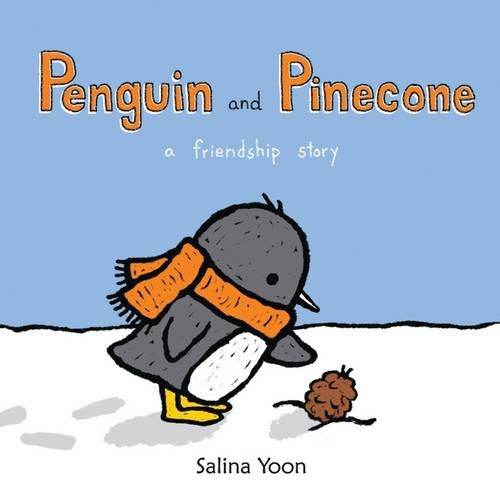
Book Recommendation
I just finished reading the following book and now I want to watch the movies that portray Fred Roger’s life. He was an ordained minister, completed graduate work in child development, and received over 40 honorary degrees. Mr. Roger’s Neighborhood ran for 33 years, showcased his talents as a musician and puppeteer, and had a powerful influence on television programming. His passion for children and wisdom are palpable throughout the biography.
Chapters include: The Importance of Taking Time, Who is my Neighbor?, The Power of Forgiveness, The Least of These, and Difficult Times.
Ferns
Most ferns grow in a woodland ecosystem because they prefer lowlight and moist conditions. Isn’t a forest with a fern carpet inviting? In the spring, ferns grow new fronds. Spirals are one of the most common shapes in nature.
Have you ever turned a fern frond over? What did you notice and wonder? These clusters on the underside of fronds are spores which is the means by which a fern reproduces. Ferns, like moss, do not produce flowers or seeds.
When I was at the nursery, I looked for spores on other species of ferns.
Can you find at least two different species of ferns when you go on your next woodland hike? Take a trip to a nursery and compare the various species of ferns there.

